Tactical Hunting Boots: The Growing Trend Among American Hunters and Shooters
Made for hunters who face cold weather and rough terrain, tactical hunting boots keep feet warm, dry, and steady through long late season hunts.
Quick Summary: Out in the field, your boots decide how far you can go. More hunters now turn to tactical hunting boots, built tough like military gear, but light enough for long walks. They grip hard, keep feet dry, and stay warm when the weather turns mean. It’s gear that doesn’t quit before you do.
I still remember the first time I saw someone wearing a pair from Hillman. It was early season, frost on the grass, breath hanging in the air. We were pushing through a hillside covered in brush, and one of the guys moved faster than the rest. His boots looked different: low-cut, clean lines, no bulky seams. I figured there was no way those would stay dry out here. By noon, my socks were soaked; his weren’t.
That moment stuck with me. After that day, I started noticing the shift everywhere. Hunters trade the old, stiff hunting boots for lighter ones that breathe and move. Fabrics that dry quickly, soles that dig into tough terrain, boots that don’t slow you down or weigh you out.
These new designs didn’t come from marketing teams. They came from the field. From hunters like Hillman’s own designers, who got tired of gear that worked in theory but failed in mud, snow, and rock. Tactical hunting boots are no longer a fad; they’re what works when everything else stops.
Why Tactical Hunting Boots Are Redefining the Modern Hunt?
Back in the day, the best hunting boots were tanks: thick leather, high ankles, heavy soles. They’d last forever, but they fought you every step. Tactical boots changed that story. They borrow from military design: firm grip, flexible midsoles, and a lacing system that locks tight but never bites.
You can feel the difference right away. Stiffer boots keep you stable when climbing shale or side-hilling, but you don’t get that deadweight feeling. Breathable liners and Gore-Tex or Dryhunt membranes help control sweat, so your feet dry faster.
Ask around and you’ll hear the same thing from serious hunters: lighter boots mean longer hunts. You cover more ground, stay quieter, and finish the day without feeling like you dragged the mountain home.
Built for the Elements: Tackling Cold Weather and Wet Conditions
Truth be told, cold weather will humble anyone. I’ve been out in single-digit temps, sitting in a blind long after the coffee ran out, and you start feeling the cold through your boots before anywhere else. It’s the moment when you realize cold feet can end a hunt faster than bad aim.
That’s where a good waterproof hunting boots setup changes the game. It’s not magic, just smart layering. A waterproof boot with a breathable barrier keeps out the slush and snow, yet lets your feet breathe. When you add an insulated boot into the mix, you’re ready for late-season hunts that test both patience and gear.
The difference is real. You can walk through ankle-deep meltwater and still feel your feet warm hours later. And while the old rubber boots still hold their ground in swamps, many hunters now rely on hybrid leather boots lined with Dryhunt or Gore-Tex. Those pair well with active hunts where wet conditions are just part of the day.
Keeping your feet dry isn’t just comfort; it’s endurance. The kind that lets you stay still longer, move farther, and forget about the weather entirely.
Performance Under Pressure: Late Season Hunts and Rough Terrain
 By the time late season rolls in, you find out fast what your boots are made of. The ground freezes overnight, the hills turn slick, and rough terrain starts testing every step.
By the time late season rolls in, you find out fast what your boots are made of. The ground freezes overnight, the hills turn slick, and rough terrain starts testing every step.
When I switched to tactical hunting boots, I felt the difference on my first climb. The lightweight design didn’t pull on my legs the way the older ones did. The traction was sharper, gripping rocky slopes where I used to slip.
Out west, I’ve seen hunters using Irish Setter boots in the badlands, a good blend of tradition and modern build. They’ve got that balance you need: stiffer boots for steep ground, softer midsoles for long walks. You can tell when the gear is made by people who actually hunt.
In tough terrain, a great boot doesn’t just keep you upright; it keeps you hunting. And when you’re three miles from the truck, that’s not a small thing.
The Role of Leather Upper and Insulation in Boot Durability
If you’ve hunted long enough, you already know, good leather never lies. A strong leather upper tells you a lot about how a boot will age. It’s got that rough, honest character that no synthetic material can fake. Leather boots breathe differently, too. They flex when you kneel, shift when you climb, and over time, they remember your stride like a well-trained dog.
Of course, the break-in period can test your patience. I’ve had pairs that took a few trips before they finally softened up. But when they did, the comfort was something else, a kind of second skin. You stop noticing the creases and just start trusting them, step after step.
Funny thing about insulation, it’s the quiet hero. Wrap good leather around it and you’ve got a boot that doesn’t care what the sky’s doing. Fall season hunts? Go light, keep the feet warm, let the air move.
When the cold weather shows its teeth, 800 grams or more turns that same pair into a shield.
Too much and you’ll sweat, too little and you’ll swear. The best insulated boot walks right between those two mistakes.
Boots like that don’t just protect you, they earn your respect.
How to Choose a Good Boot for Your Style of Hunting?
A good boot should match the hunter, not the label. I’ve seen folks chase elk in the Rockies wearing boots made for duck blinds, and it never ends well. If your ground is steep, you’ll want stiffer boots that can take the pressure. If you’re covering miles across rolling fields, a lightweight and comfortable boot is what keeps your legs from burning out.
When you try on a new pair, do it with your real hunting socks. Check the toe room, too tight and you’ll lose circulation, too loose and you’ll slide downhill. The lacing system should pull snug and even, with no pinch points. If you feel hot spots, fix them now, not halfway up a ridge.
Some hunters believe in one boot for everything. I used to think that way, too, until I learned that terrain decides what works. Now I keep a few pairs, one for wet mornings, another for late-season snow, and one broken-in pair for scouting in warmer weather.
In the end, the right gear isn’t about perfection. It’s about trust. When your boots let you forget about your feet and focus on the sound of the wind, the birds, the quiet, then you know you picked well.
Field Lessons: What Hunters Always Ask About Tactical Hunting Boots
Folks ask me all the time if tactical hunting boots are really better than the old kind.
Honestly? Yeah. I used to wear the thick hunting boots, the kind that felt like bricks once the climb got steep. Then I switched. These tactical ones feel like sneakers that bite into tough terrain. After ten miles, my knees still work, and that’s all I need to know.
When it comes to late-season hunts, everyone’s got an opinion. For me, it’s simple: waterproof, well-insulated, and tough enough for freezing weather. Something with Dryhunt that keeps feet dry when the snow starts sticking. I’ve sat through storms where my jacket froze solid, but my toes stayed warm. Good boots do that.
Breaking in new ones? Oh man, no easy way. Leather uppers fight you at first. I walk a new pair around camp, kick some dust, let ’em soften up. That break-in period bites for a day or two, but then it’s smooth sailing. Once the leather remembers you, you’re set.
As for wet conditions, I’ve tried both leather boots with Dryhunt or Gore-Tex and the synthetic stuff. Leather holds up better if you baby it; synthetics dry faster when the sky won’t quit raining. Not better or worse, just different tools for different messes.
Keeping your feet dry is the oldest trick in the book. Dry socks, decent liners, and a waterproof boot that actually seals. Swap socks halfway through the day if you can. Little things like that keep your feet warm and your mood good. Miss that step, and the hike’ll feel twice as long.
Why Are Tactical Hunting Boots Here to Stay?
You can tell a lot about a hunter from his boots. The cuts, the stains, the stories baked into the leather. That’s what tactical hunting boots are about now: freedom to move, stay out, push harder when everyone else packs it in.
Hillman builds with that same grit. They test gear where it hurts: through cold weather, across rough terrain, places that chew up bad boots for breakfast. Every pair mixes leather craftsmanship with smart insulation. Keeps your feet warm and dry, and your focus locked where it belongs, on the hunt.
I’ve ended days with sore legs, dirty hands, and Hillman boots still holding strong. When you pull them off by the fire and feel that heat still trapped inside, you get it. That’s what they’re made for. For serious hunters who stay out longer, climb higher, and make their own stories one step at a time.


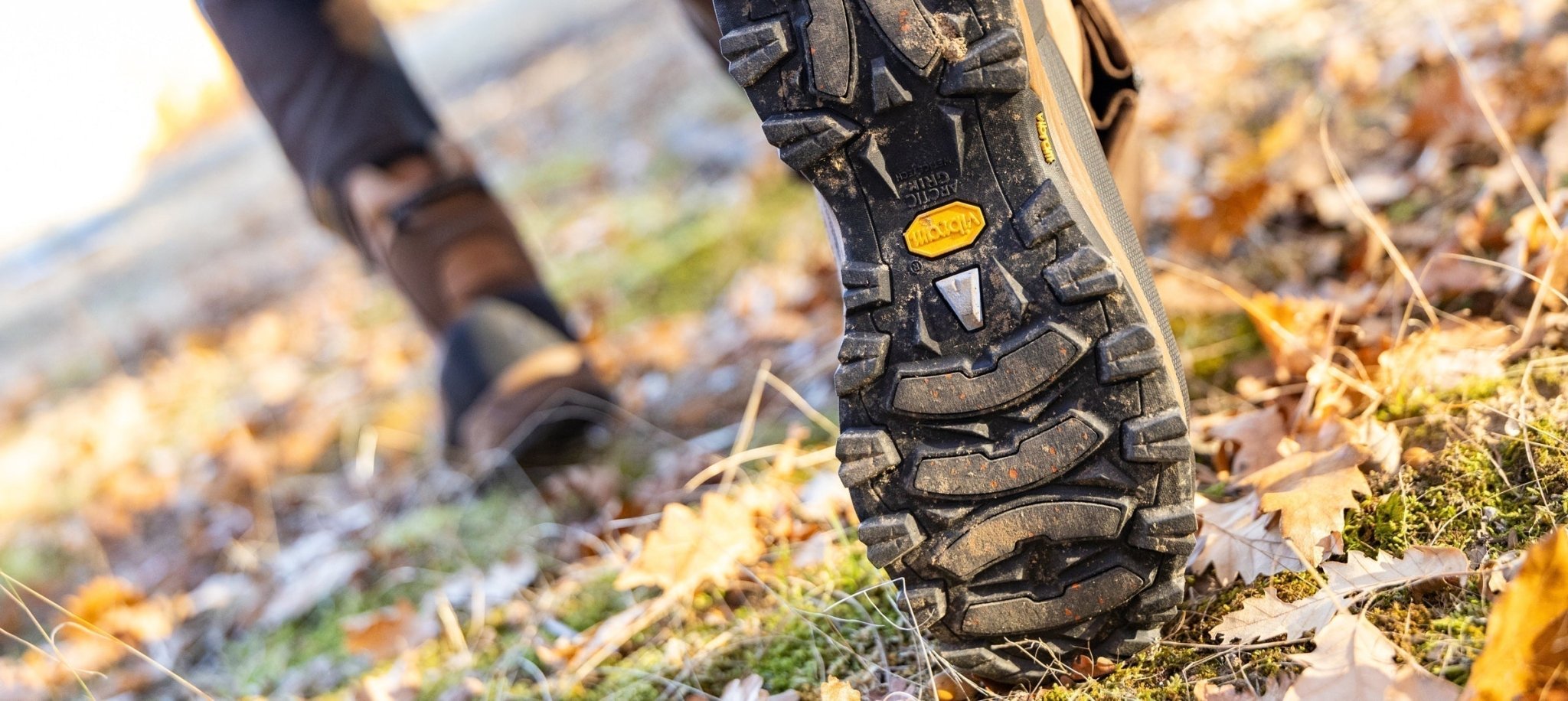







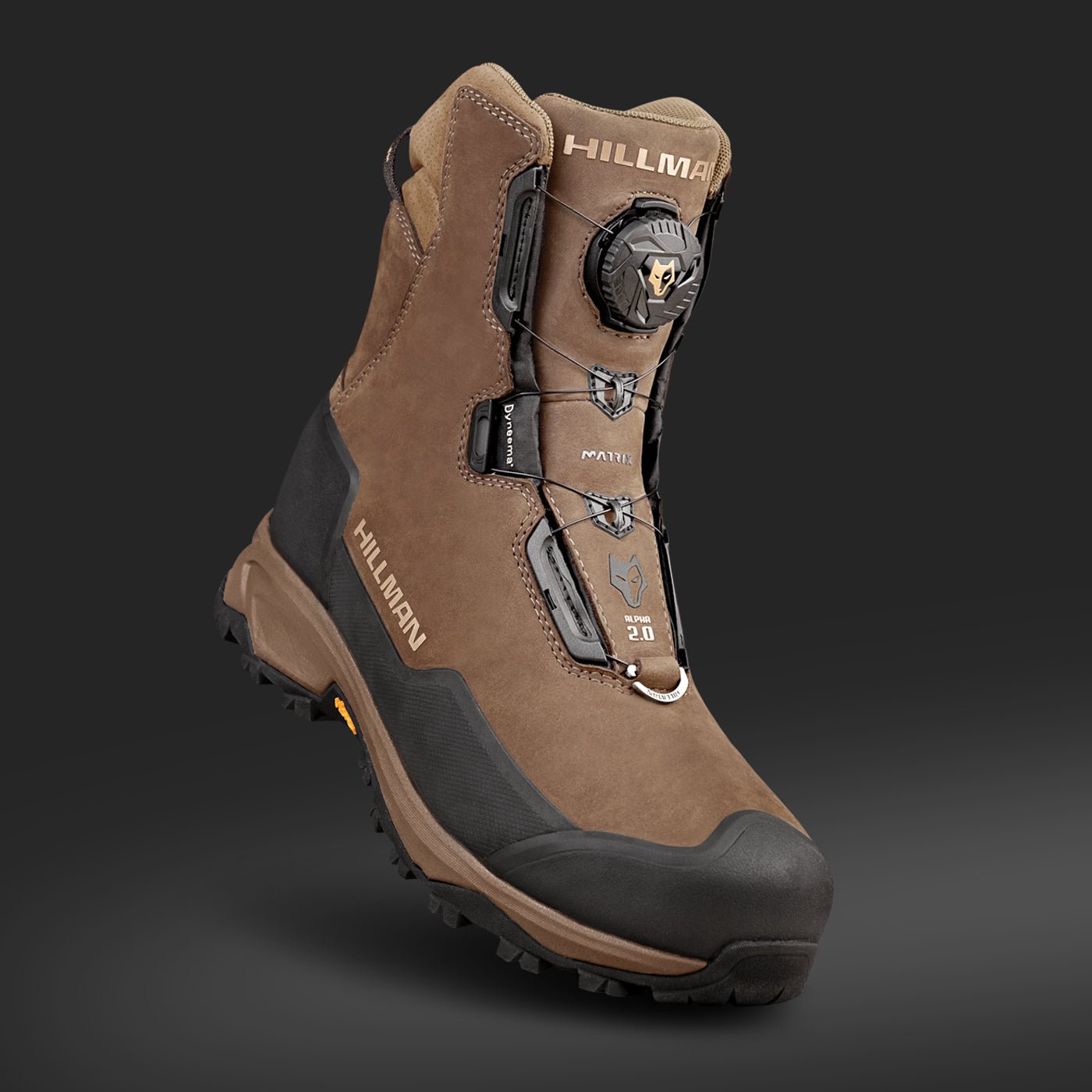
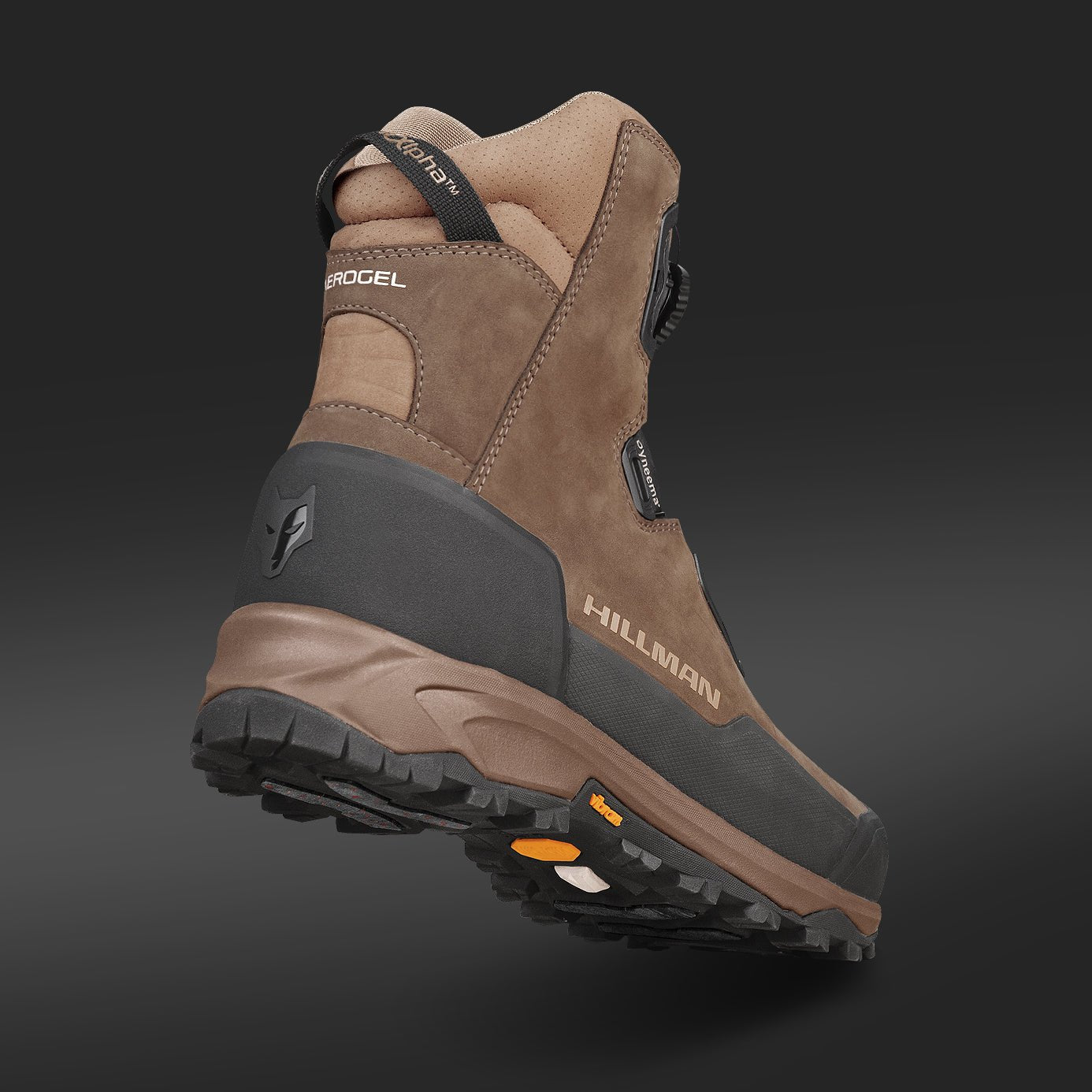
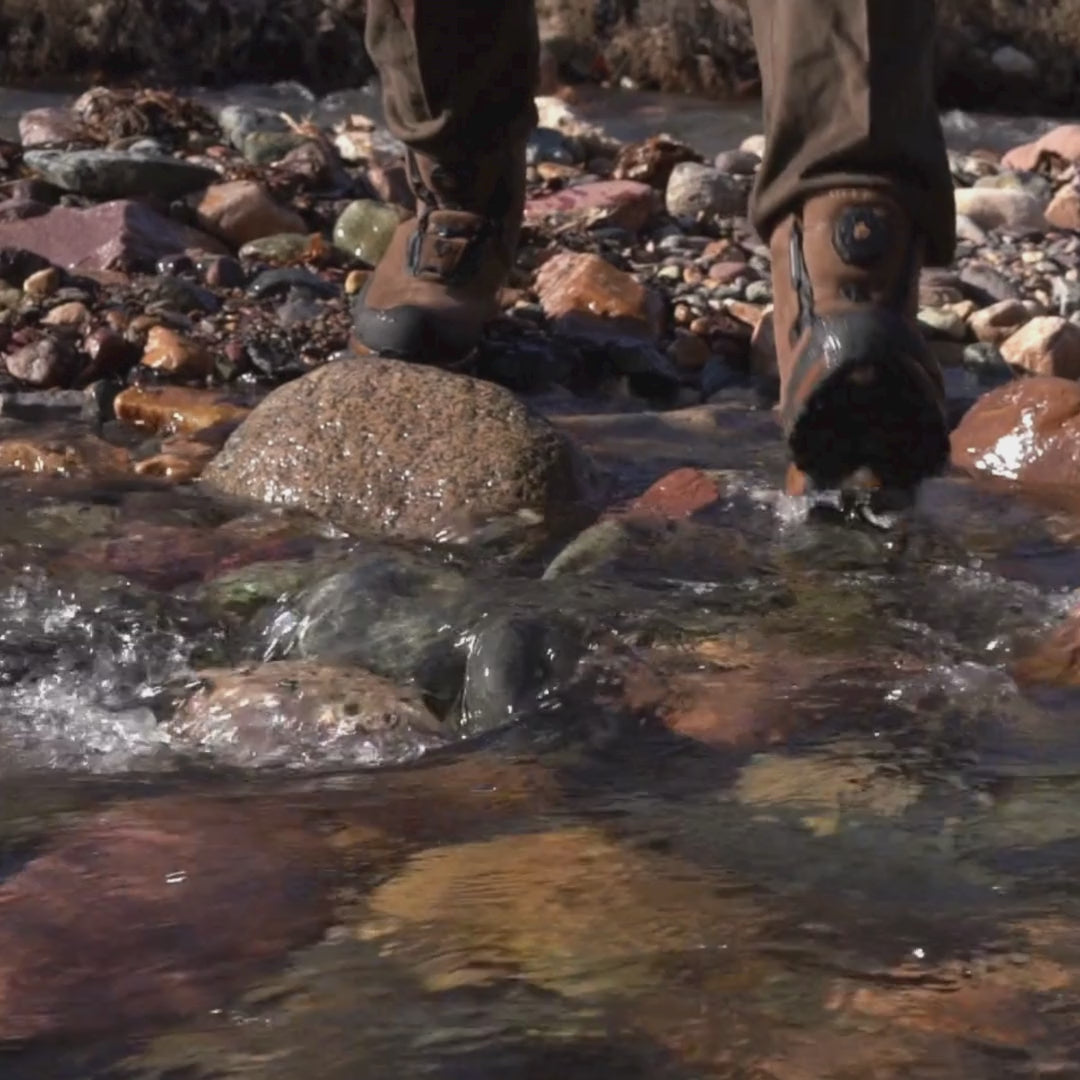
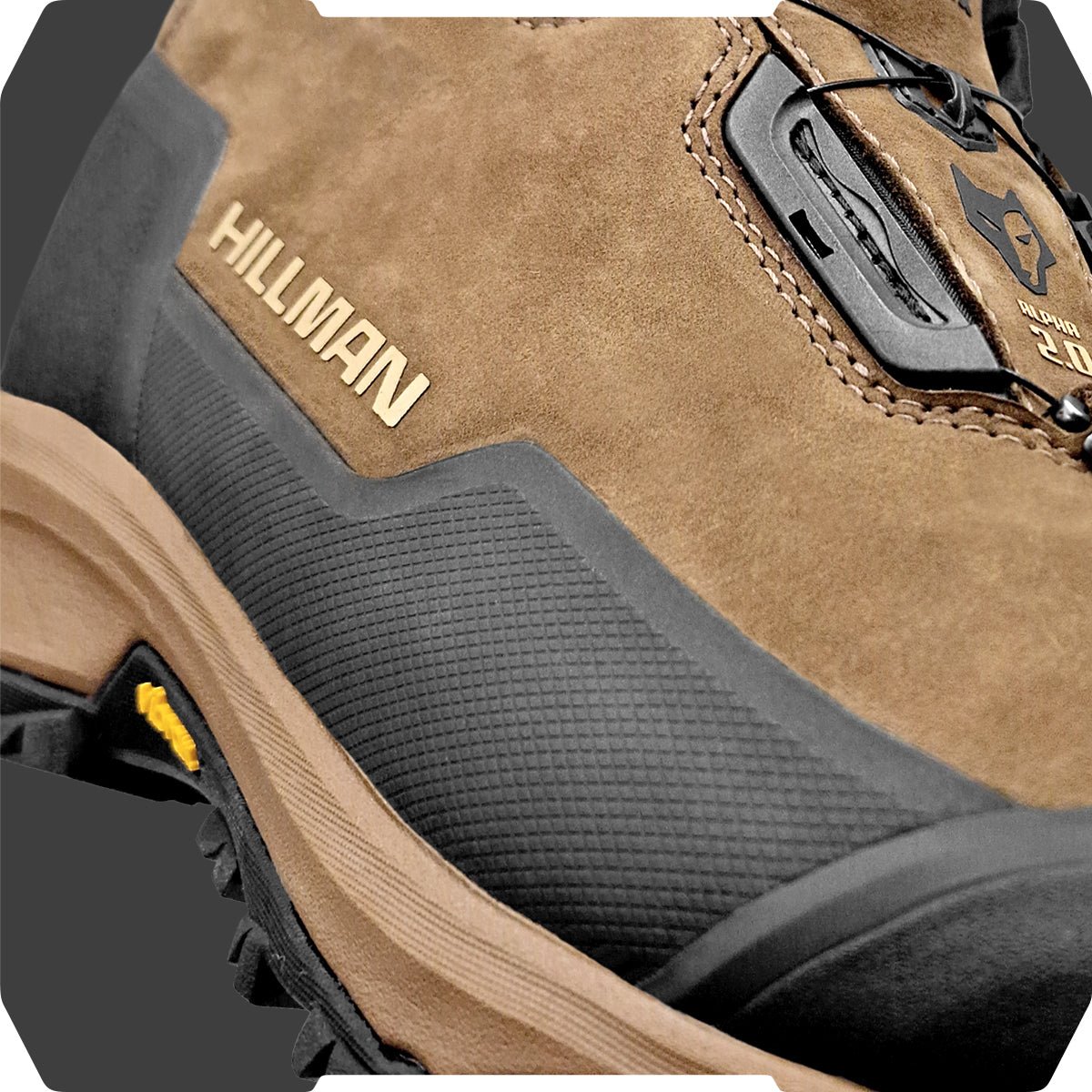
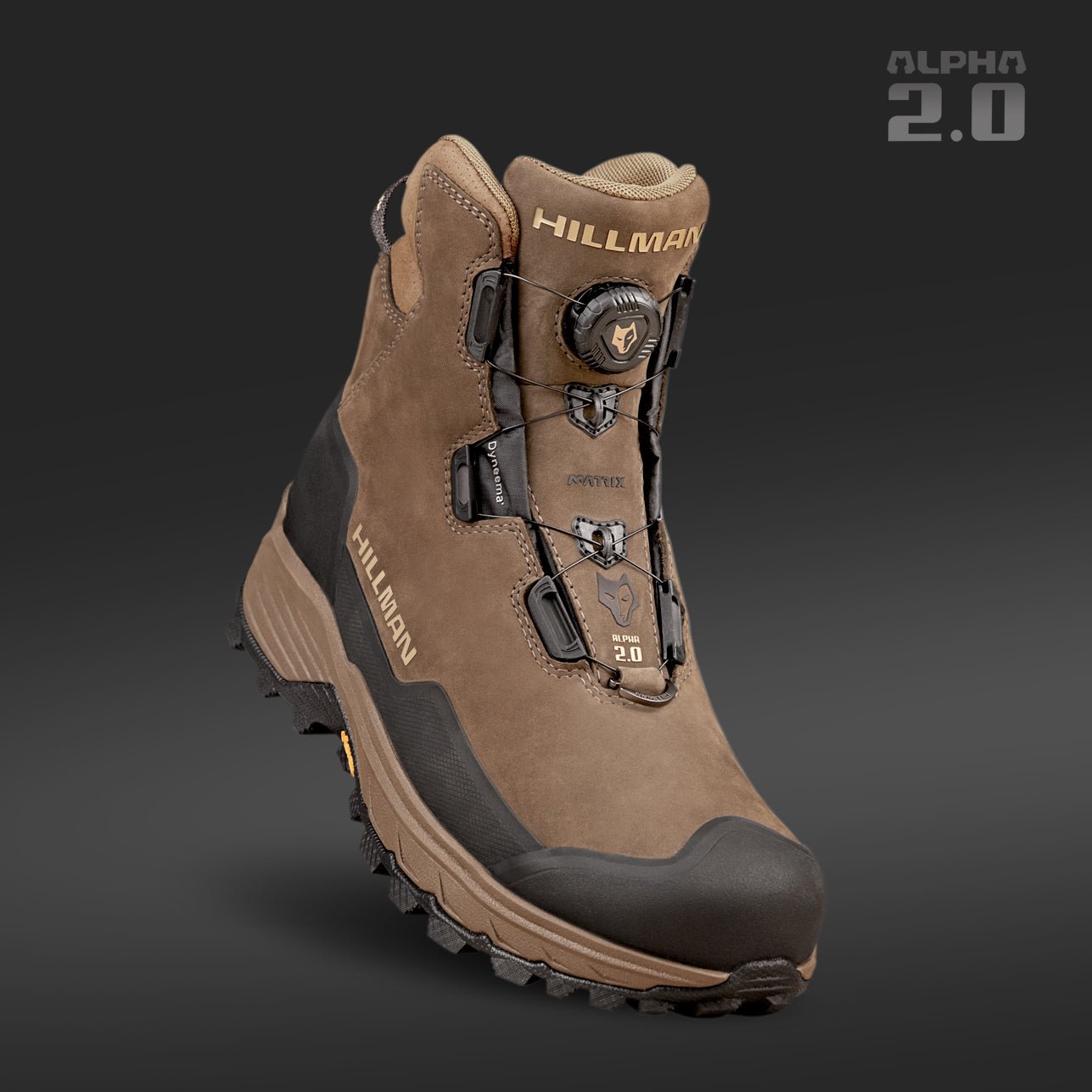
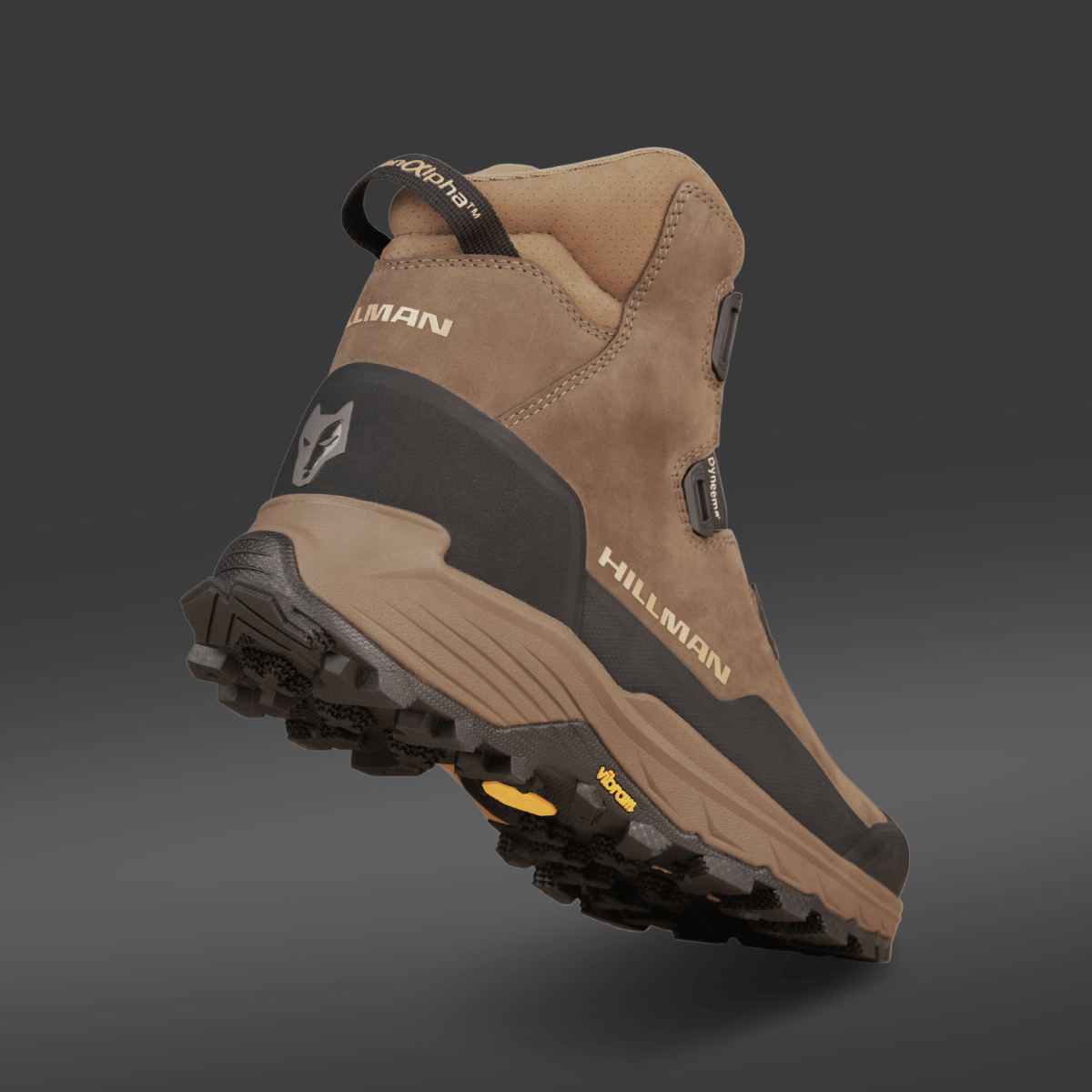

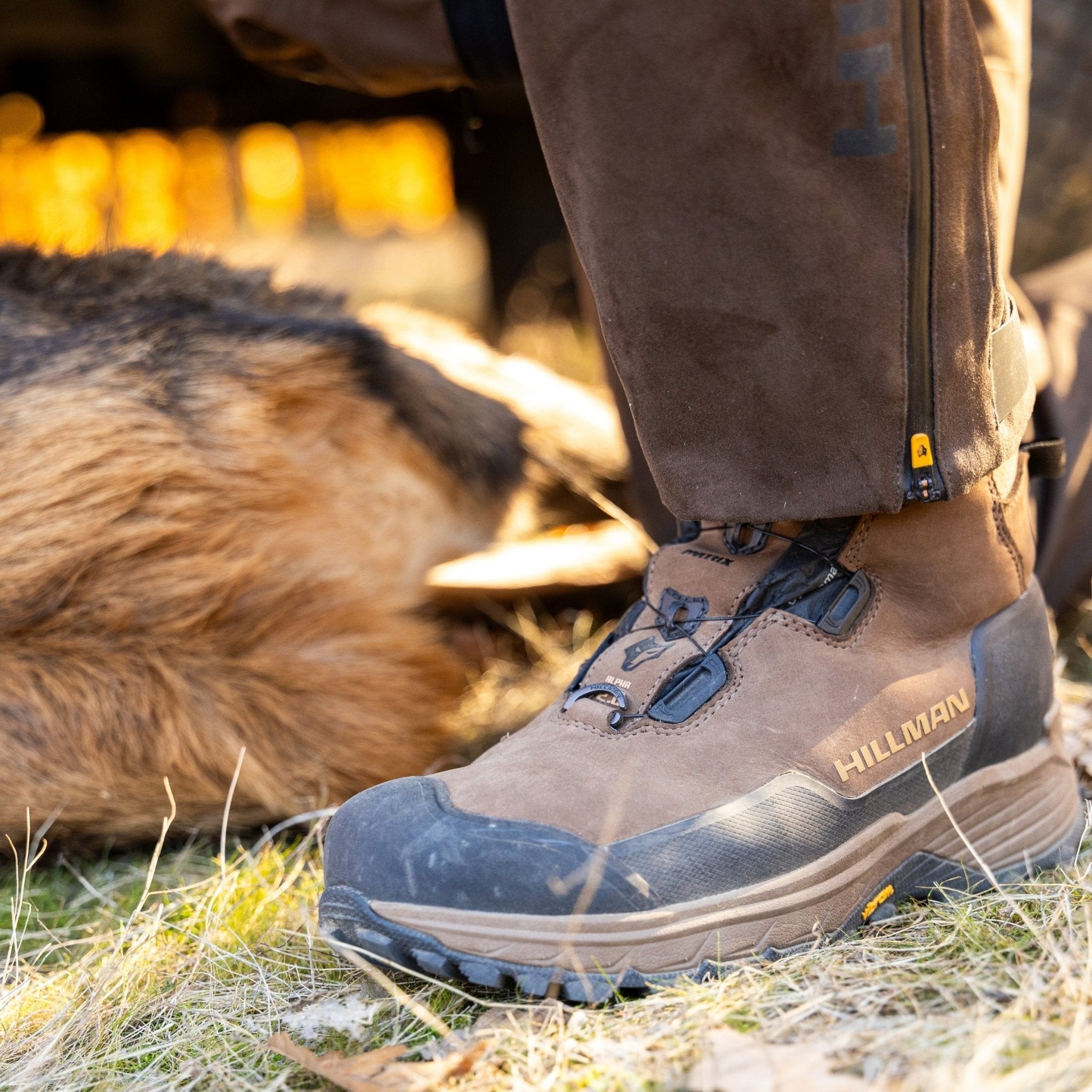
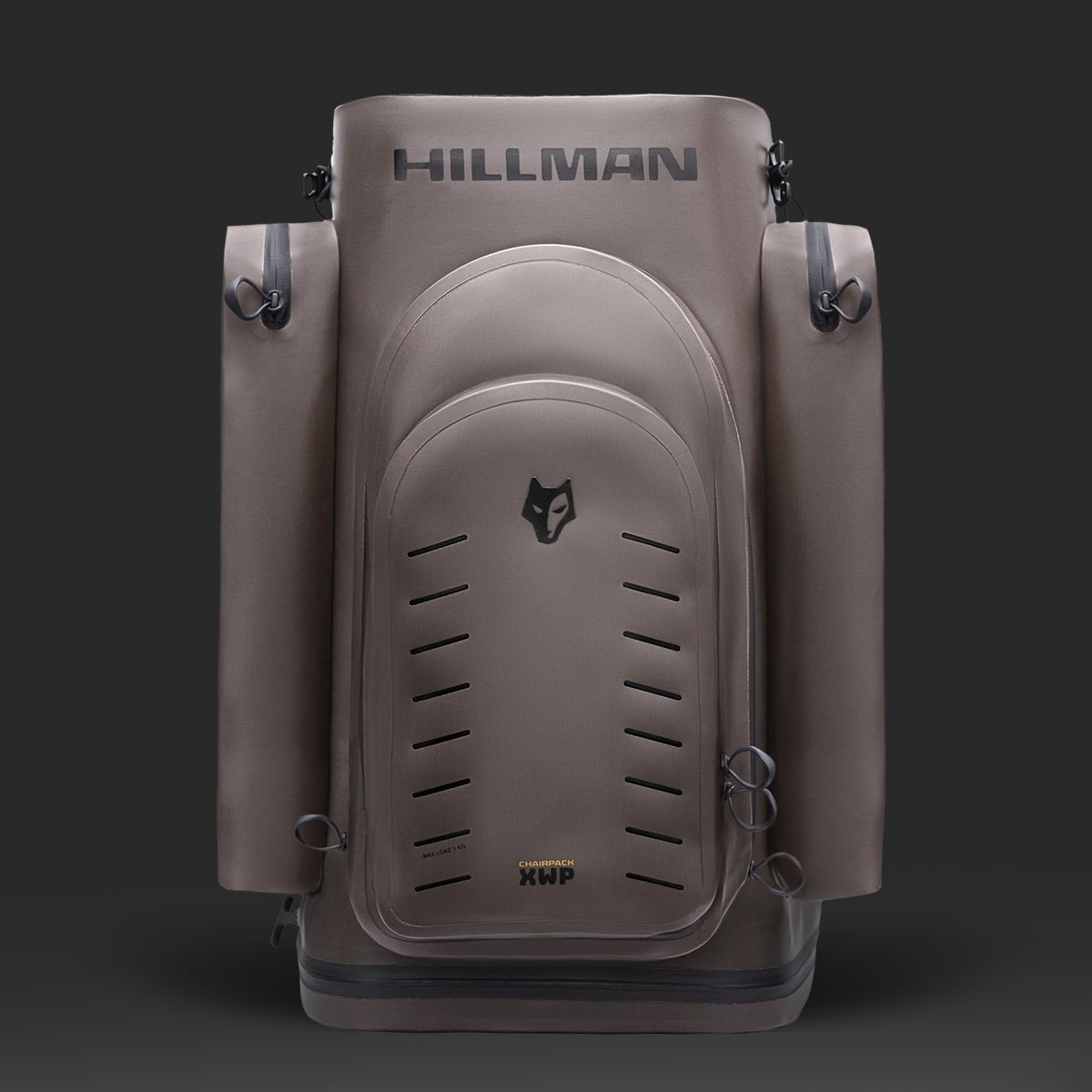
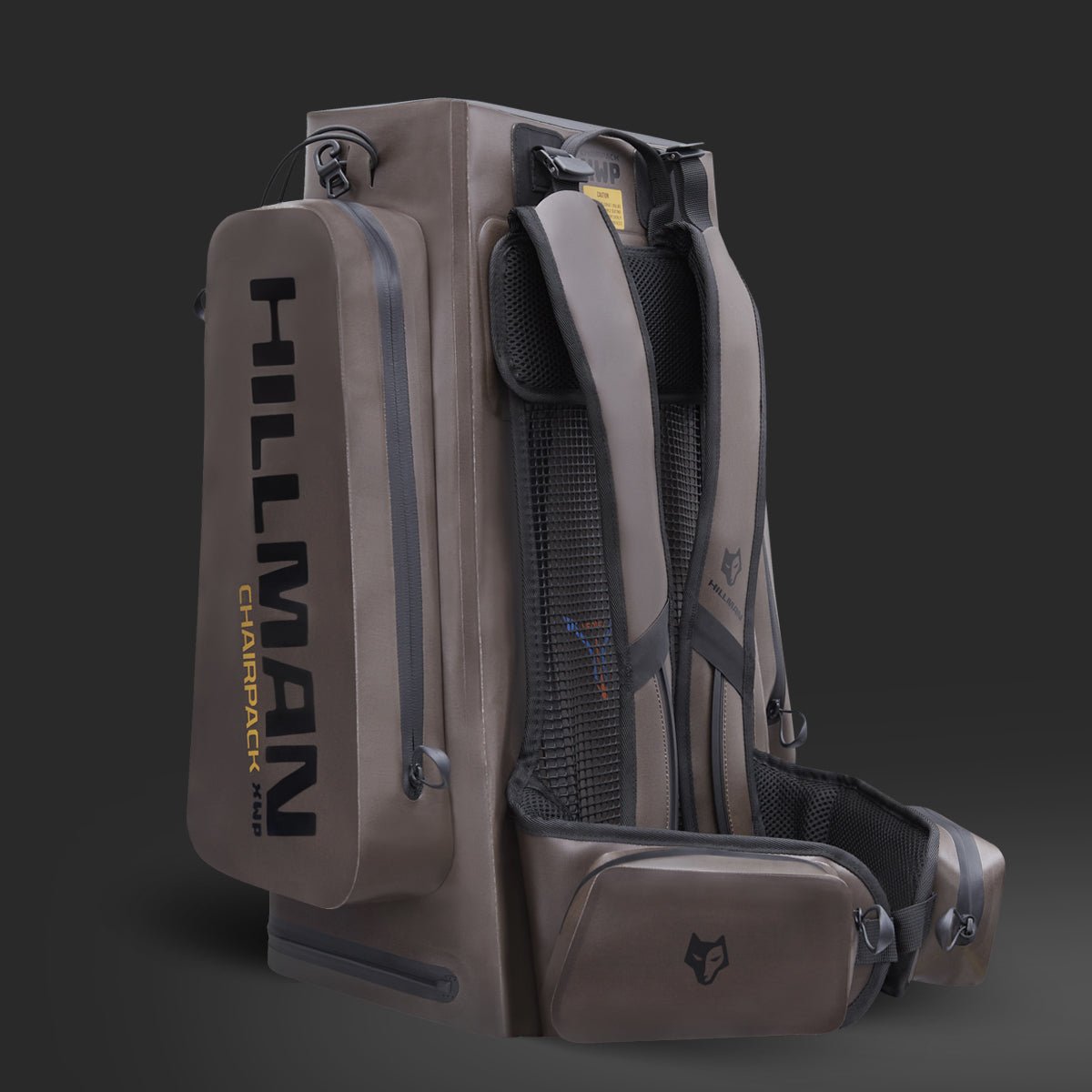
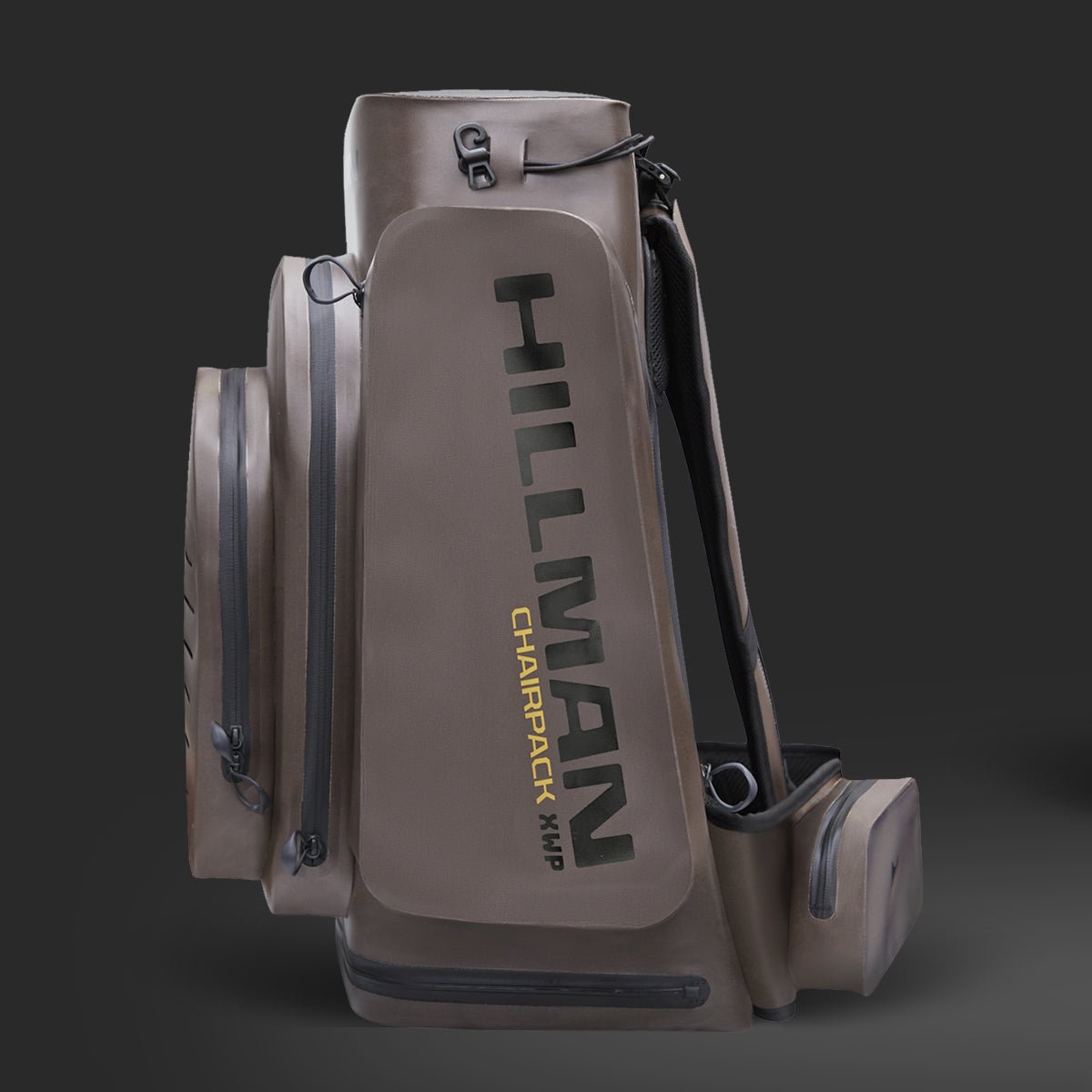
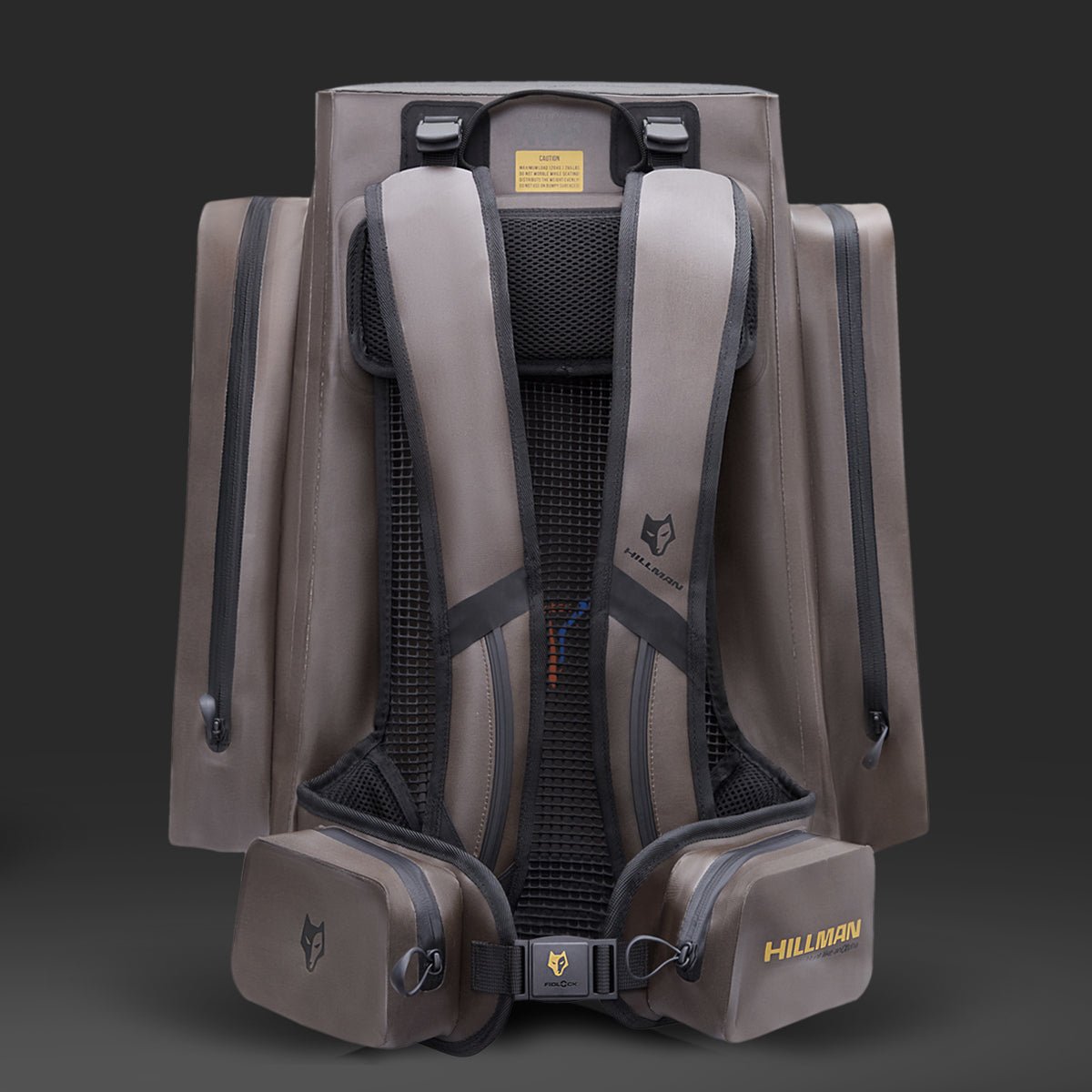
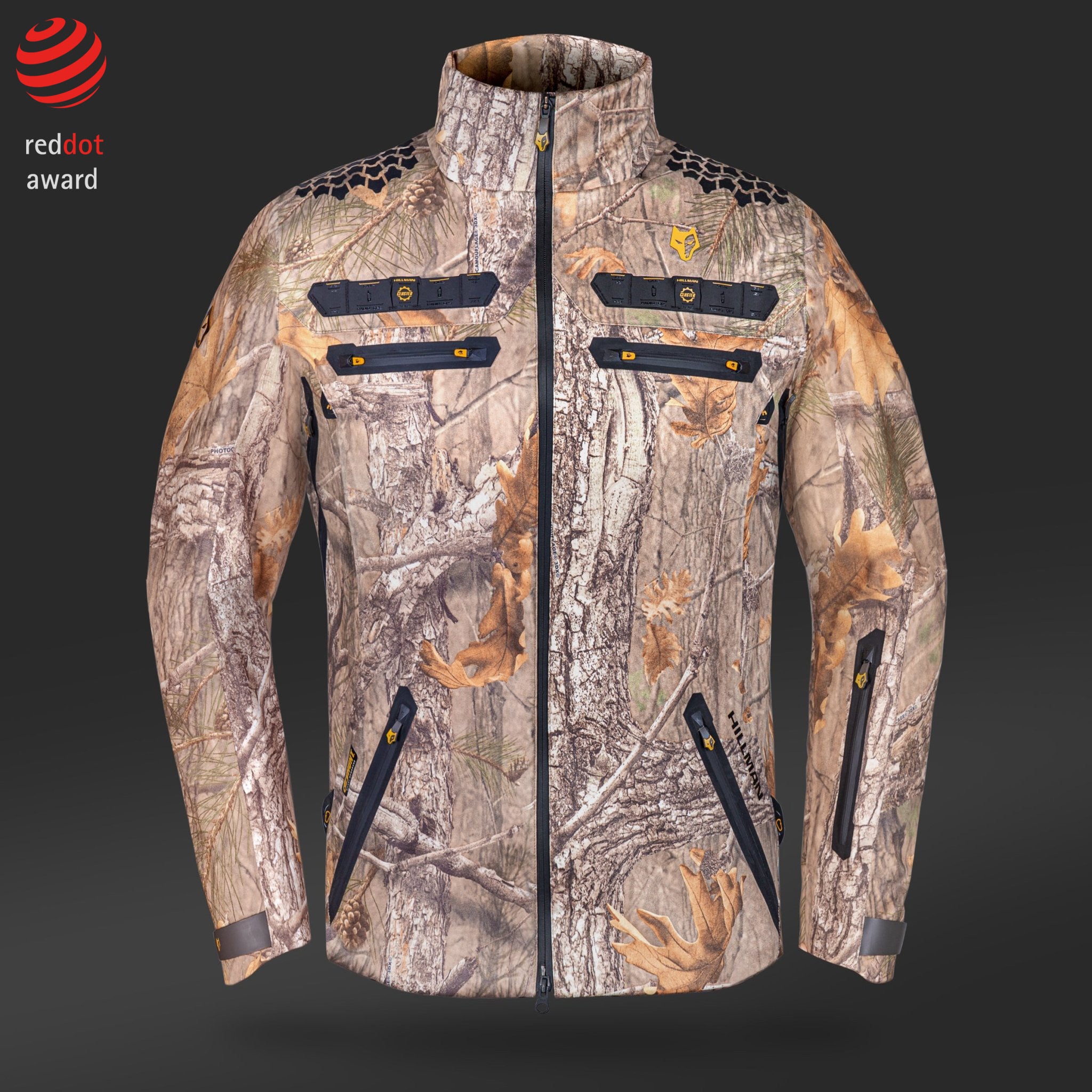
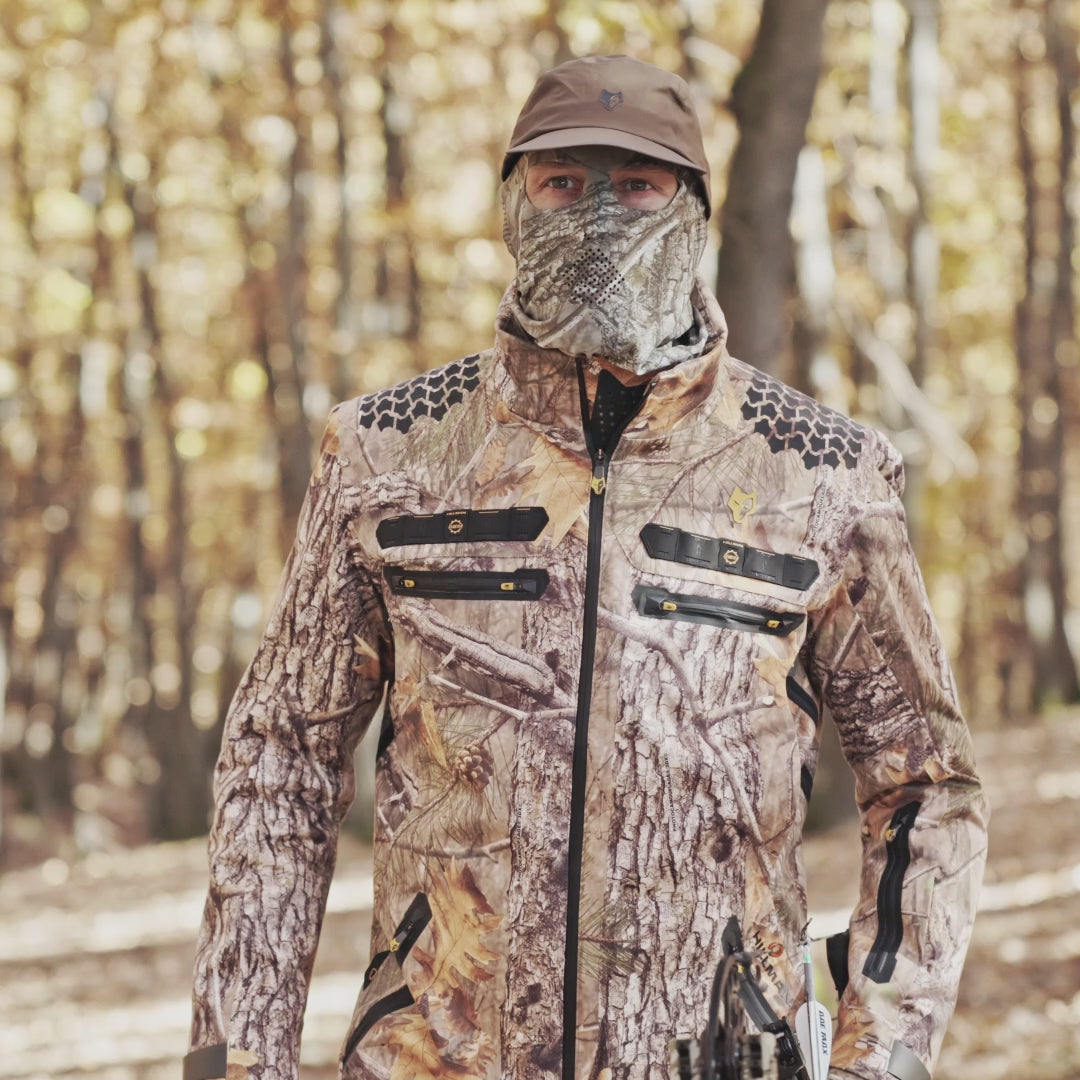
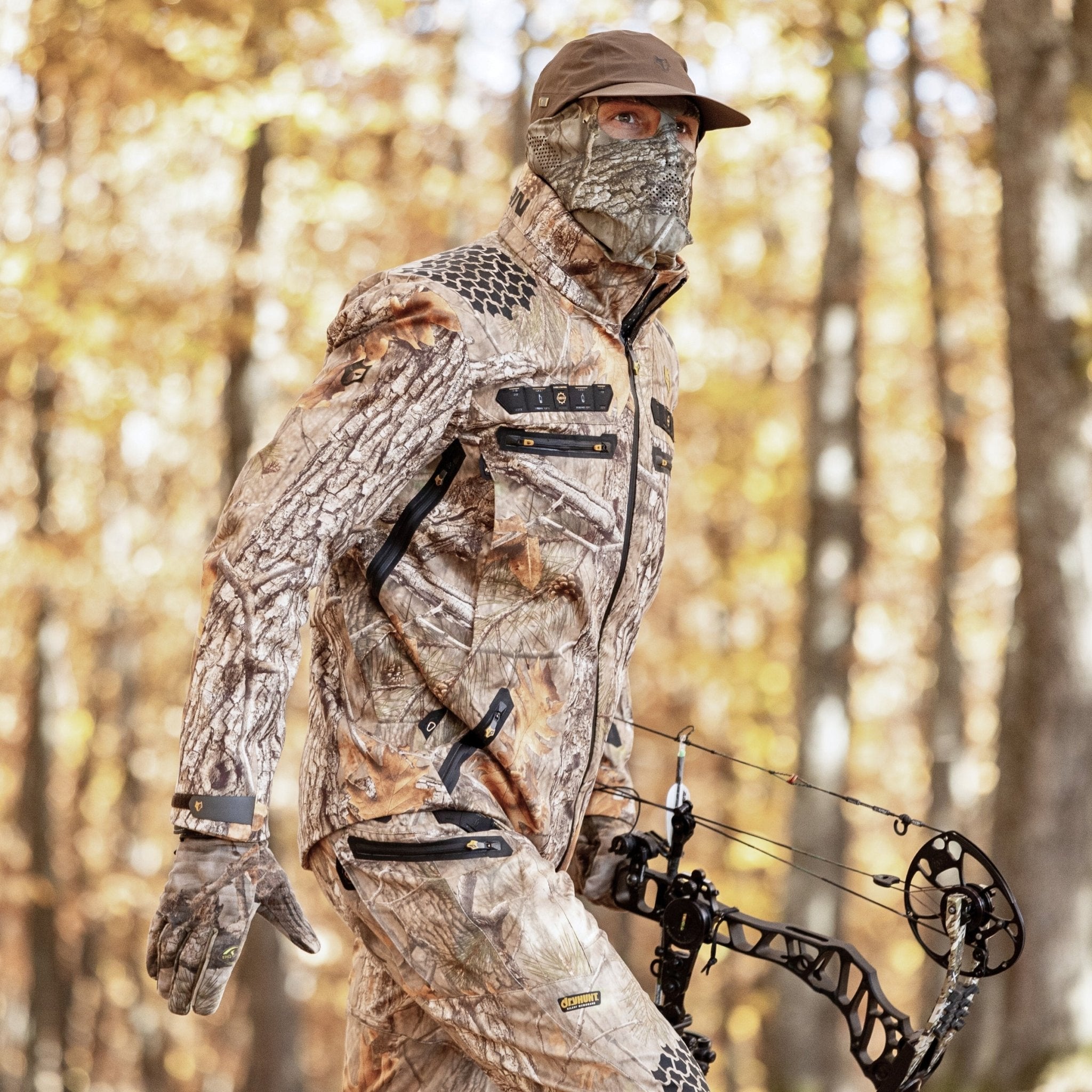
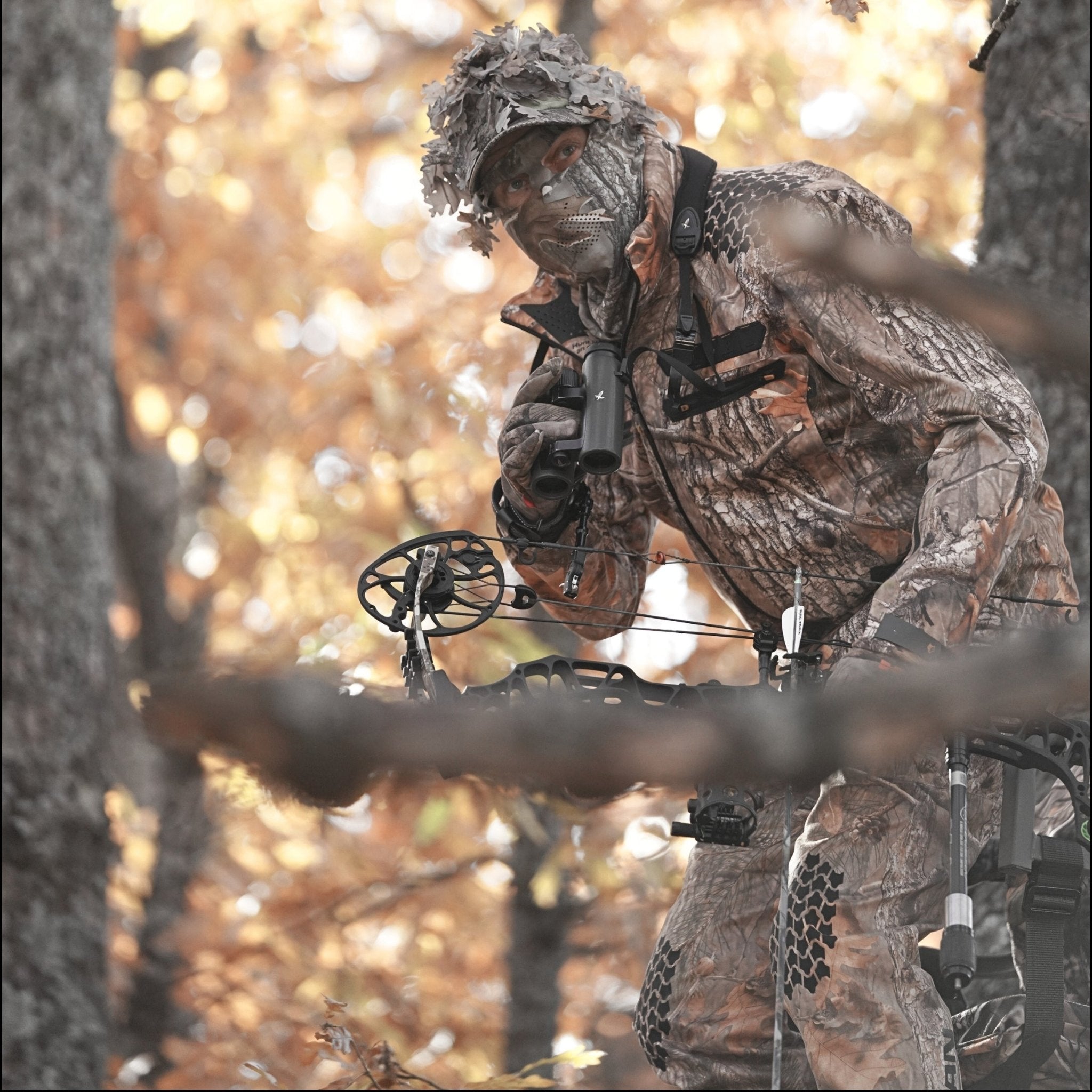
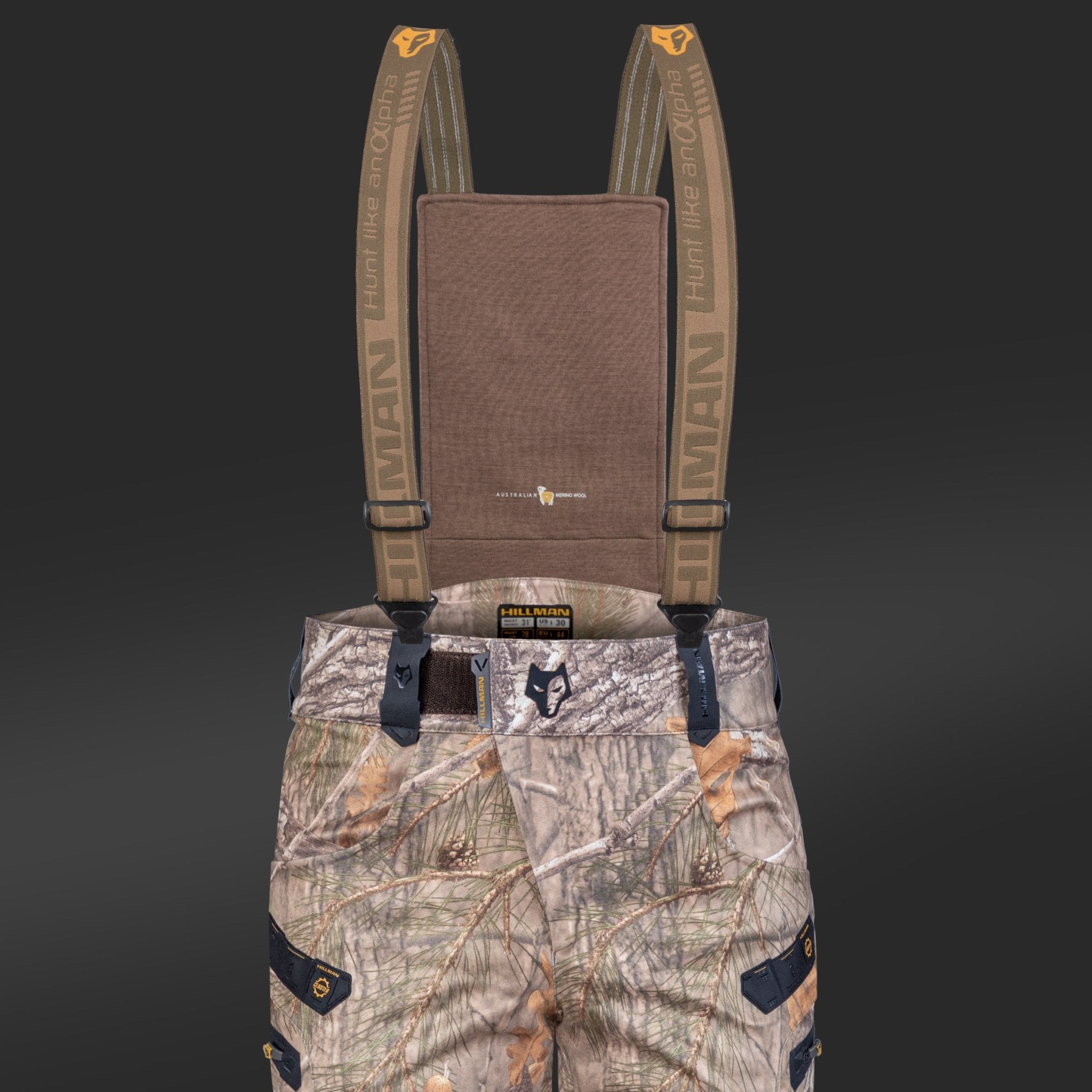
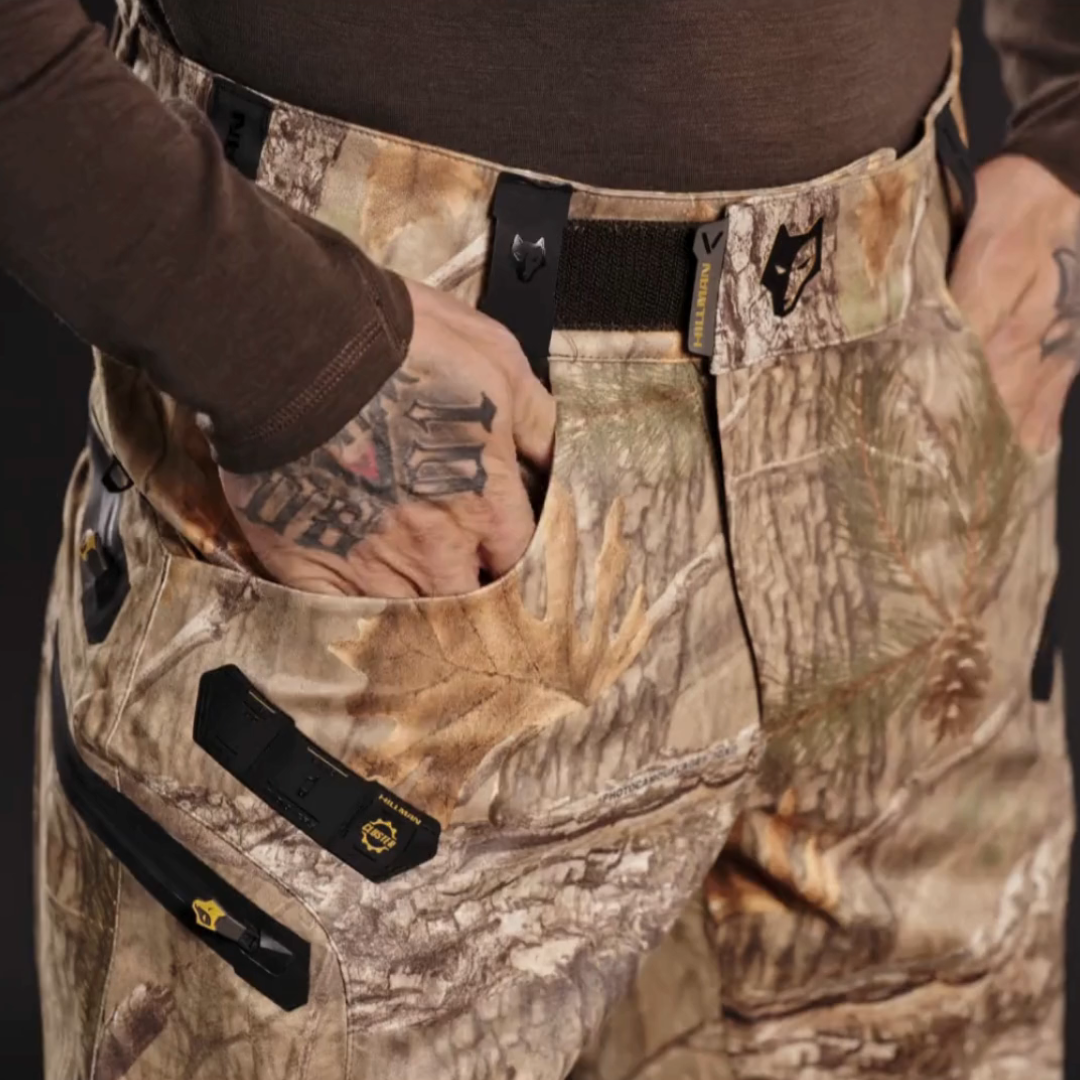
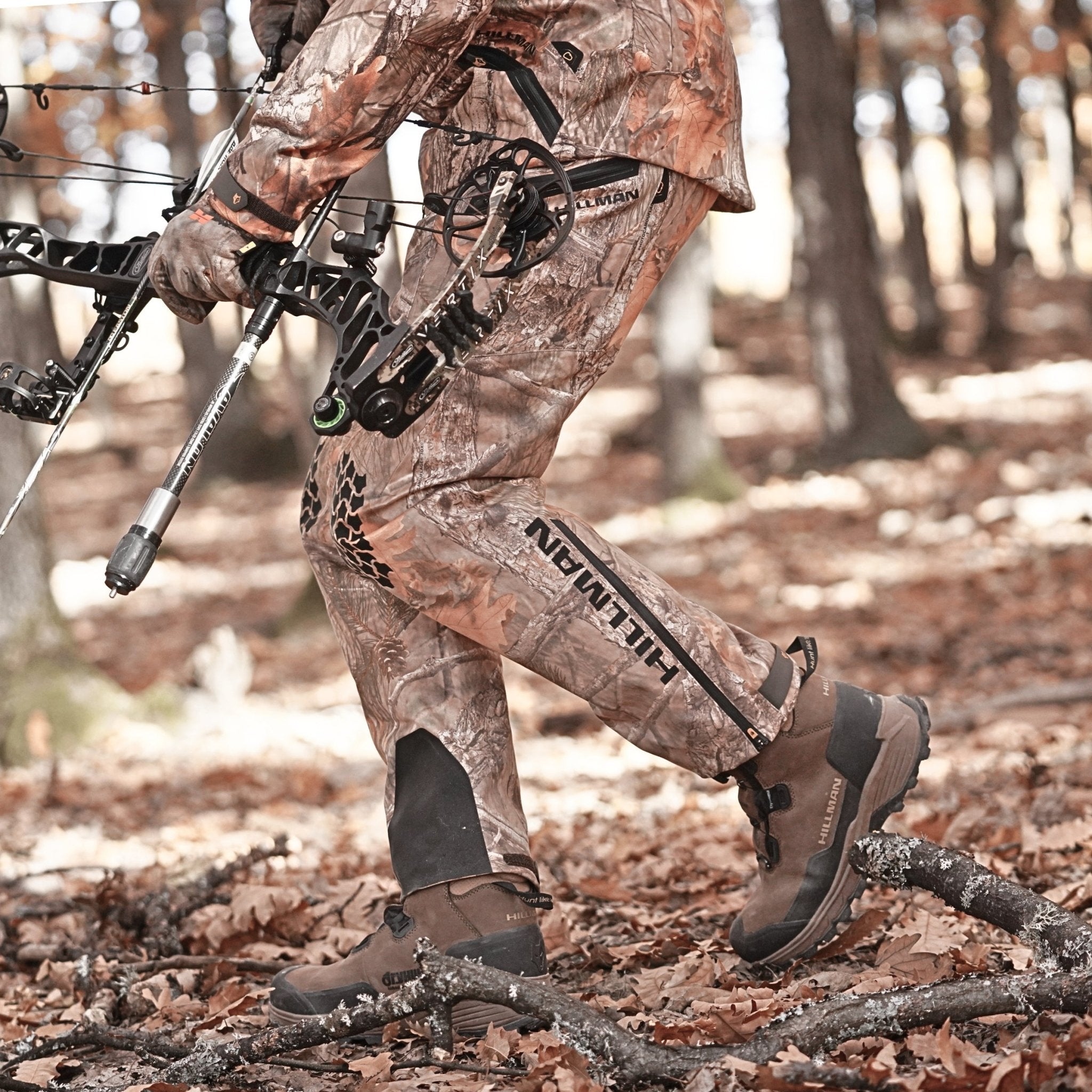
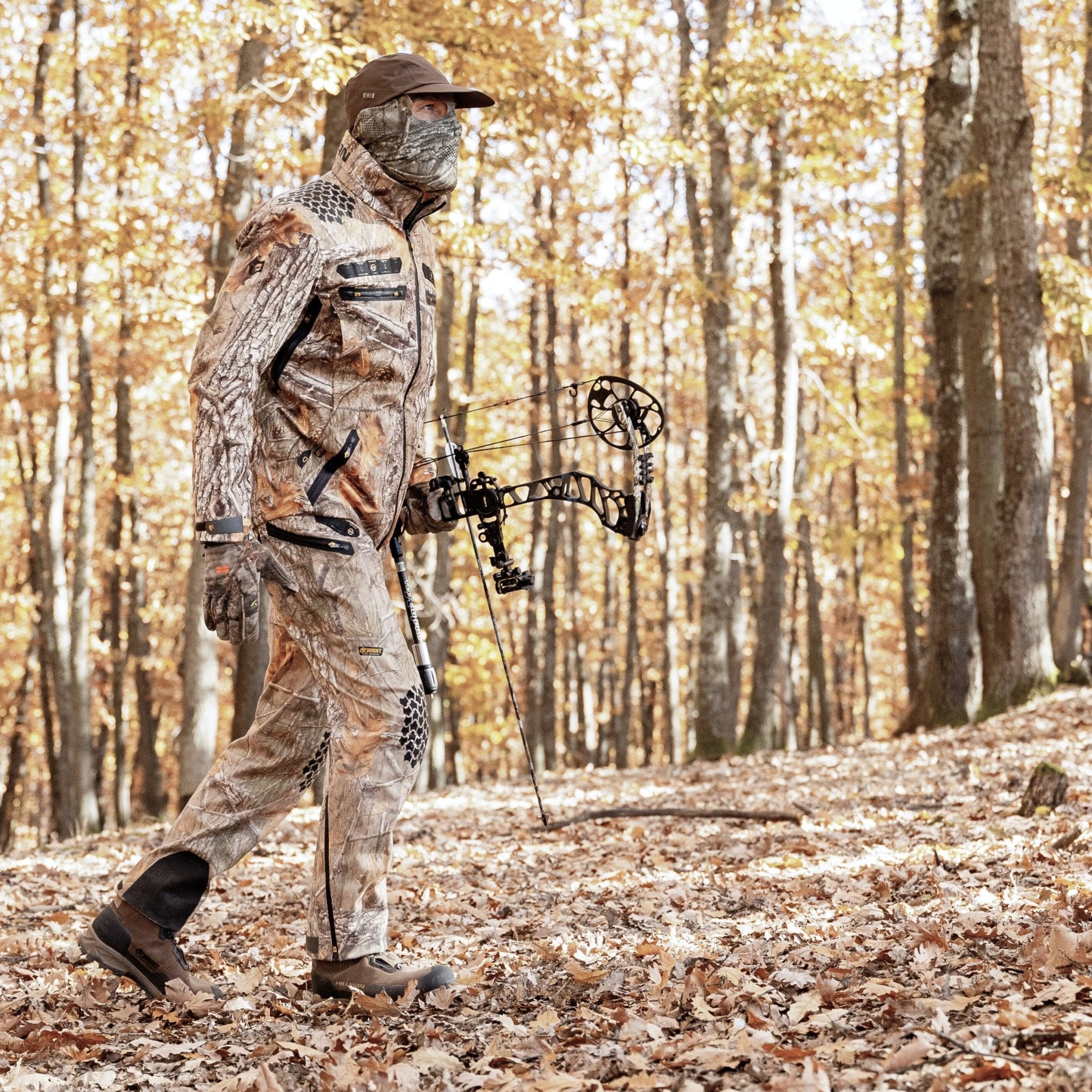
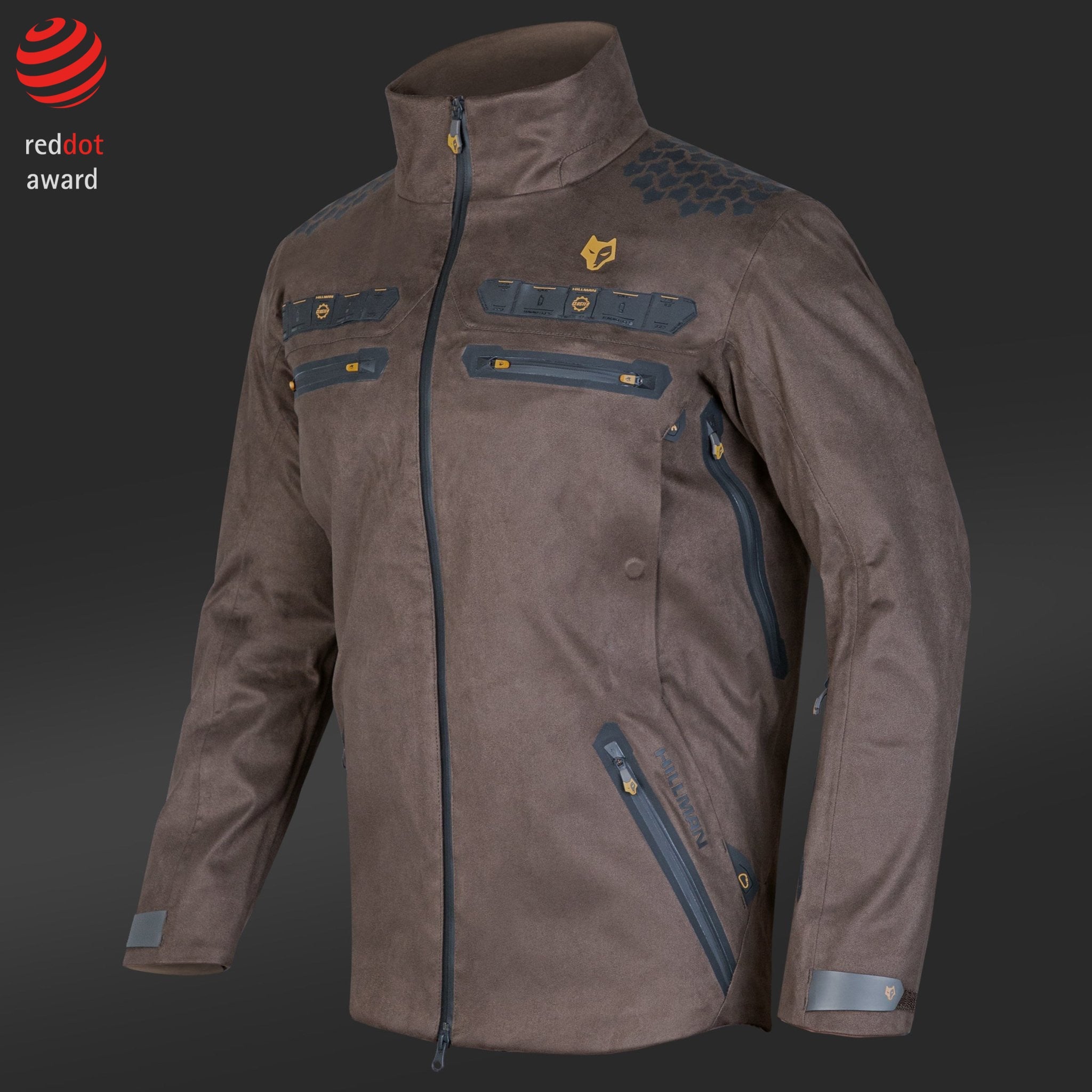
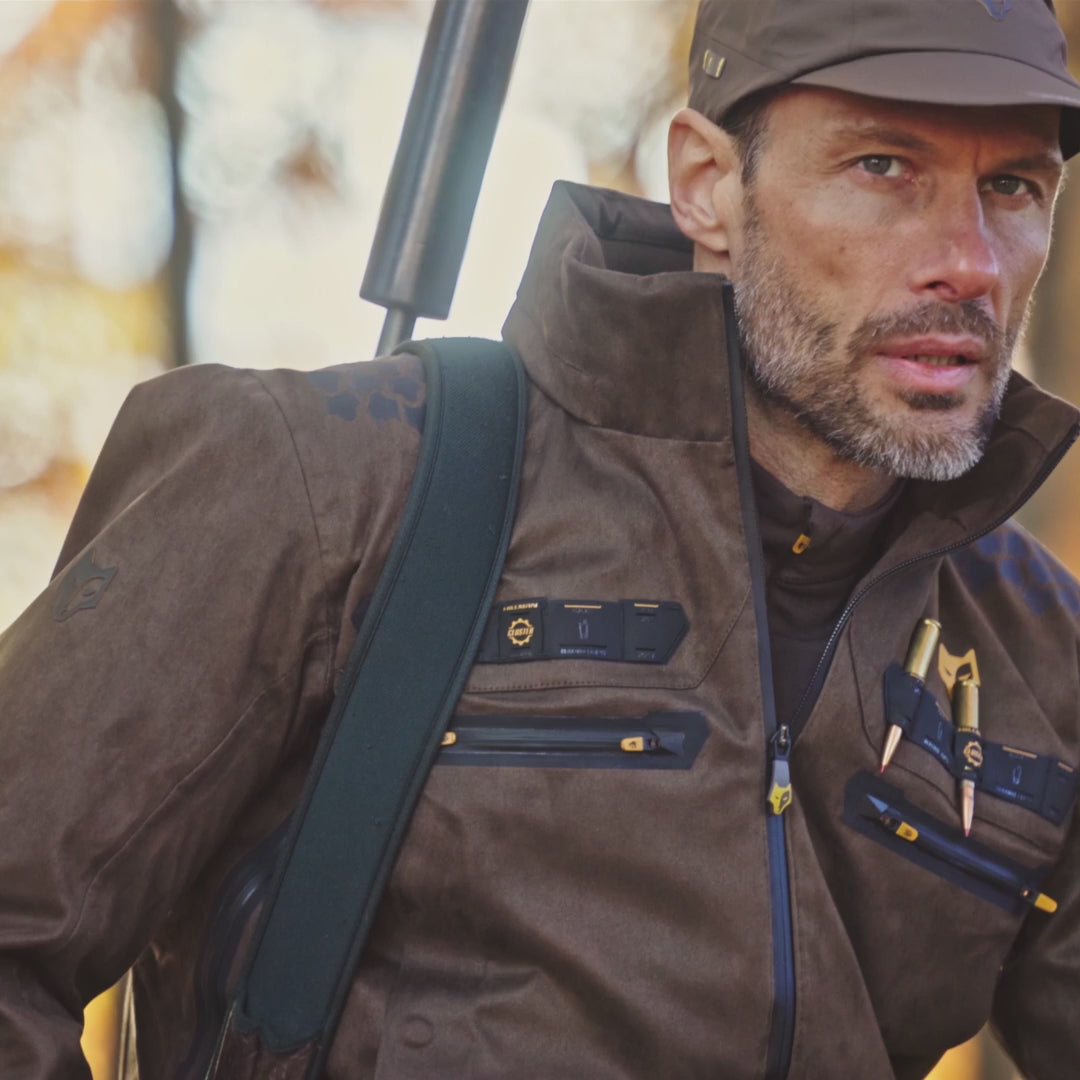
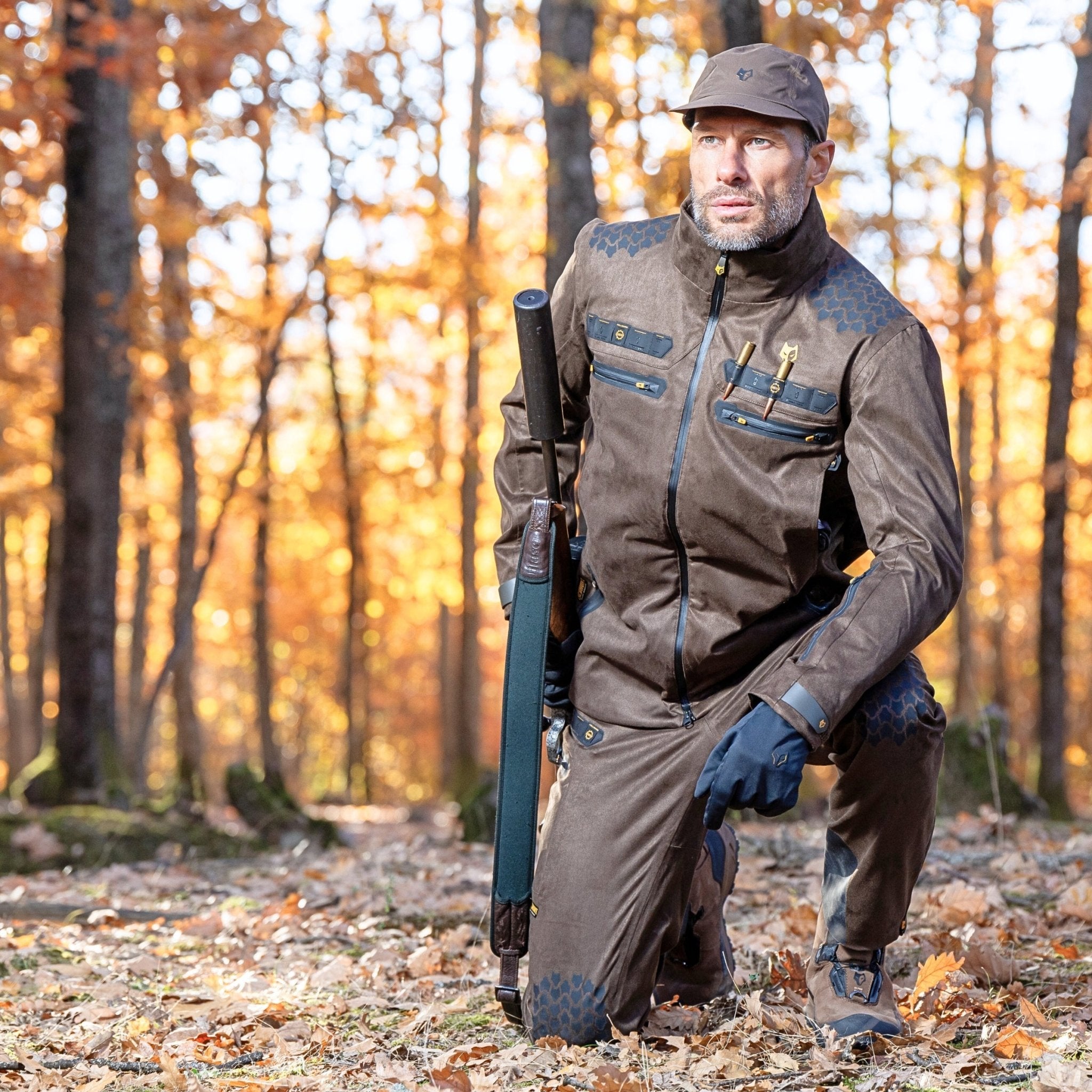
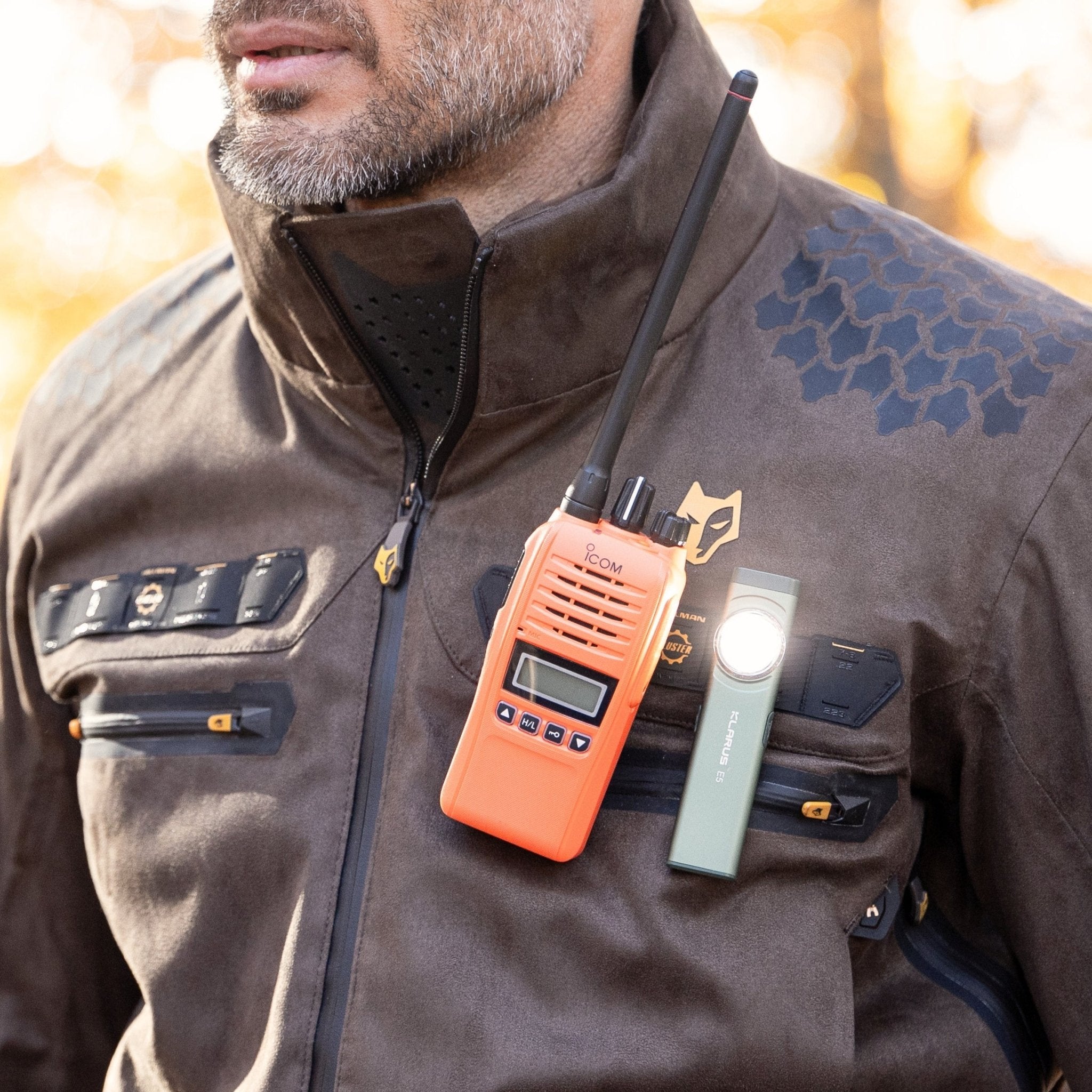
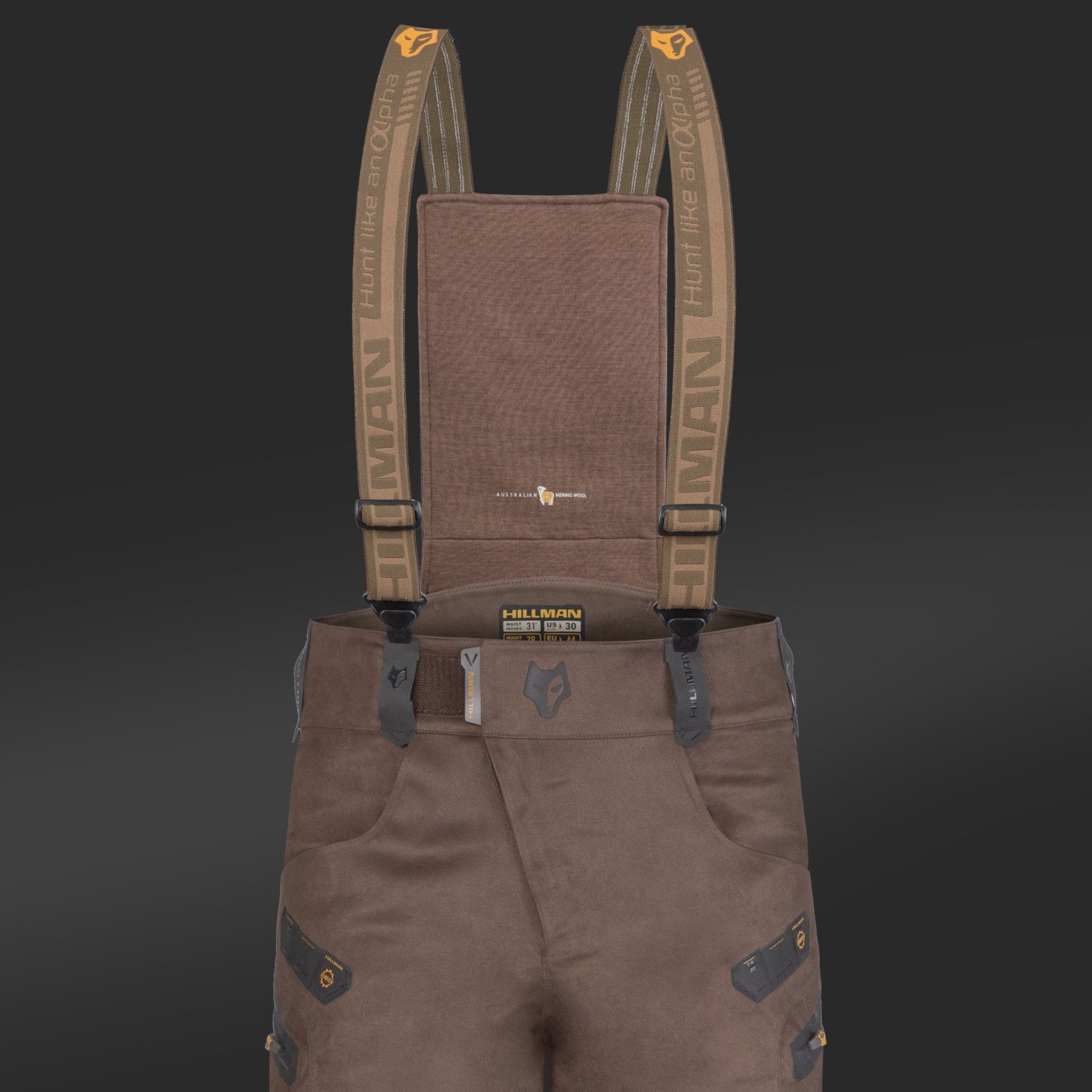
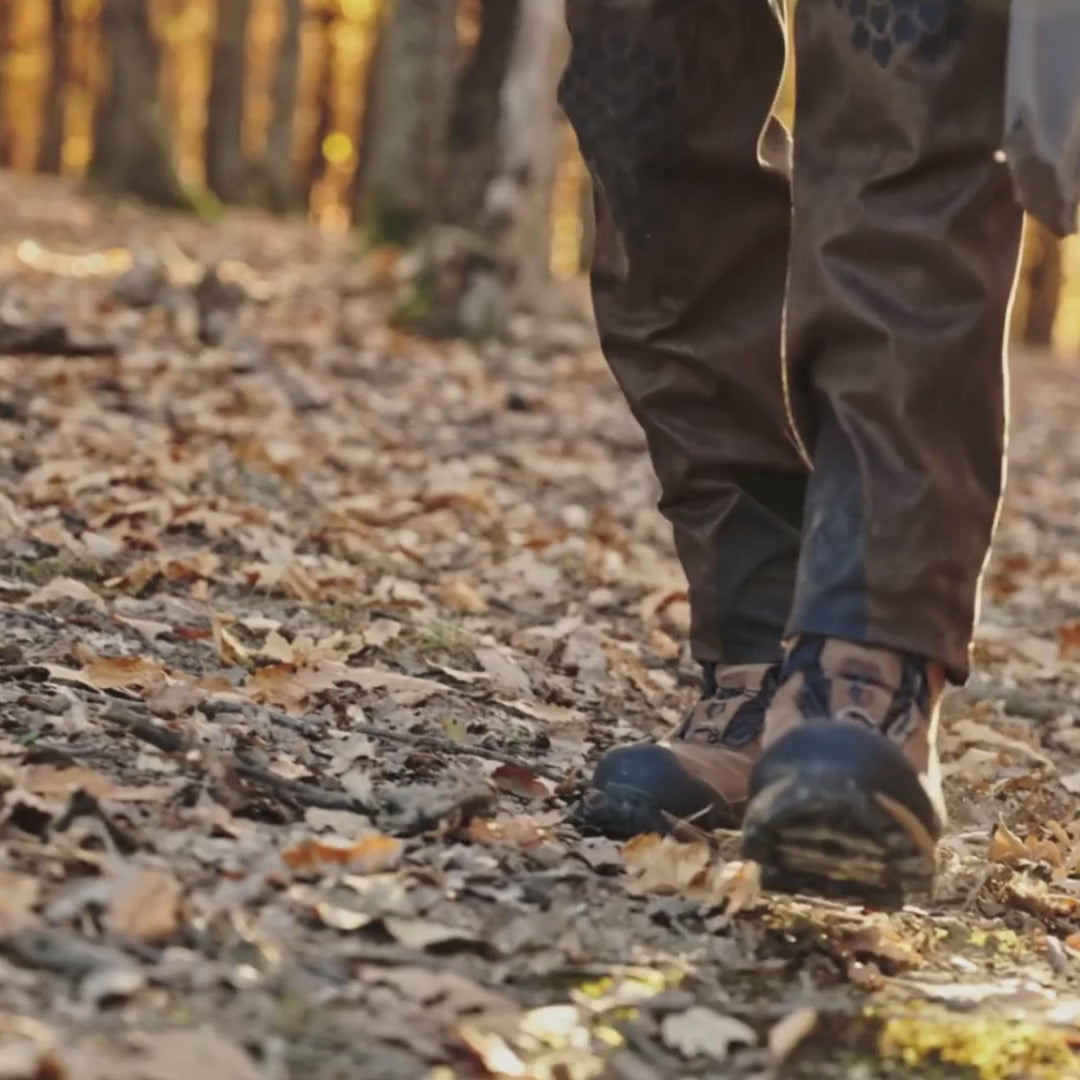
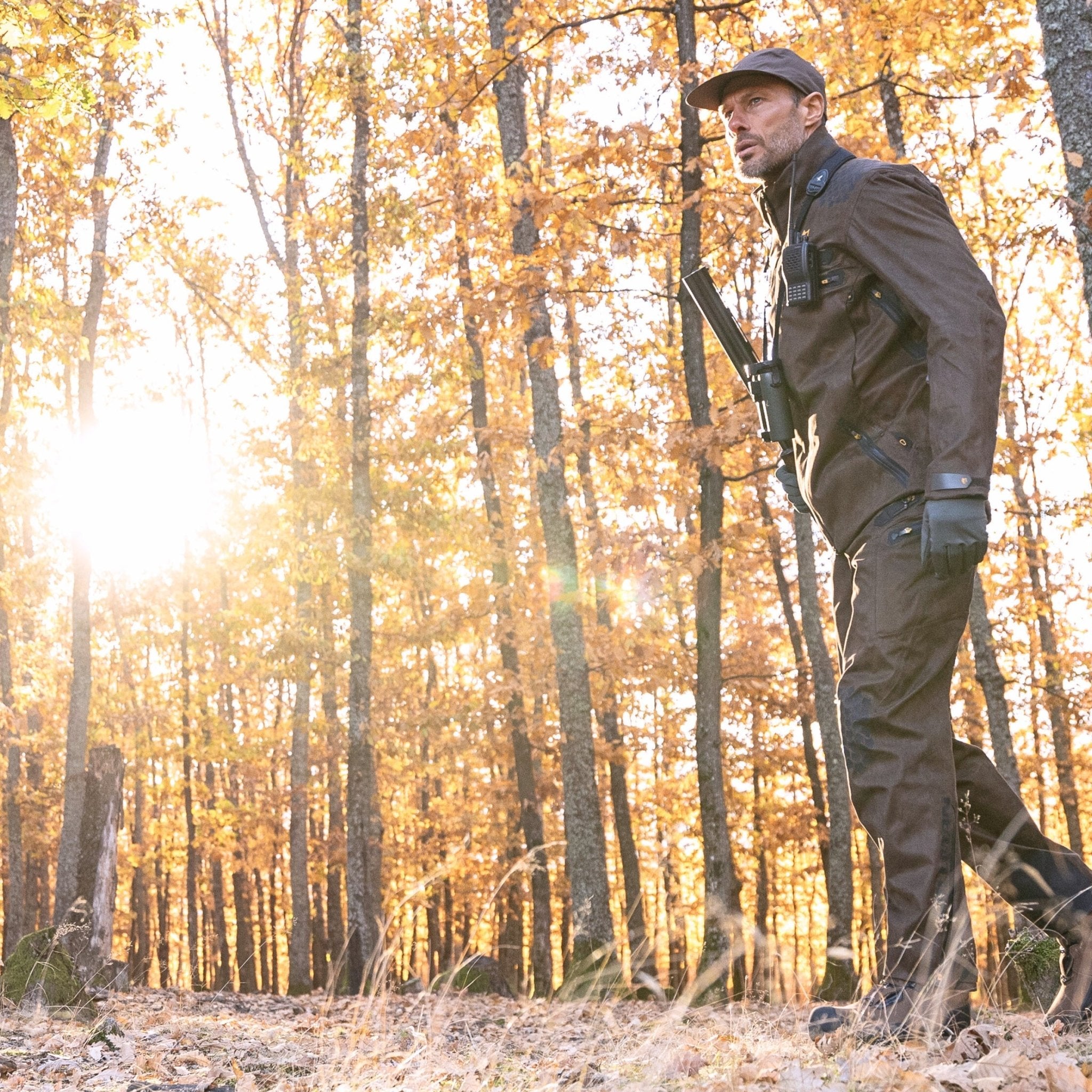
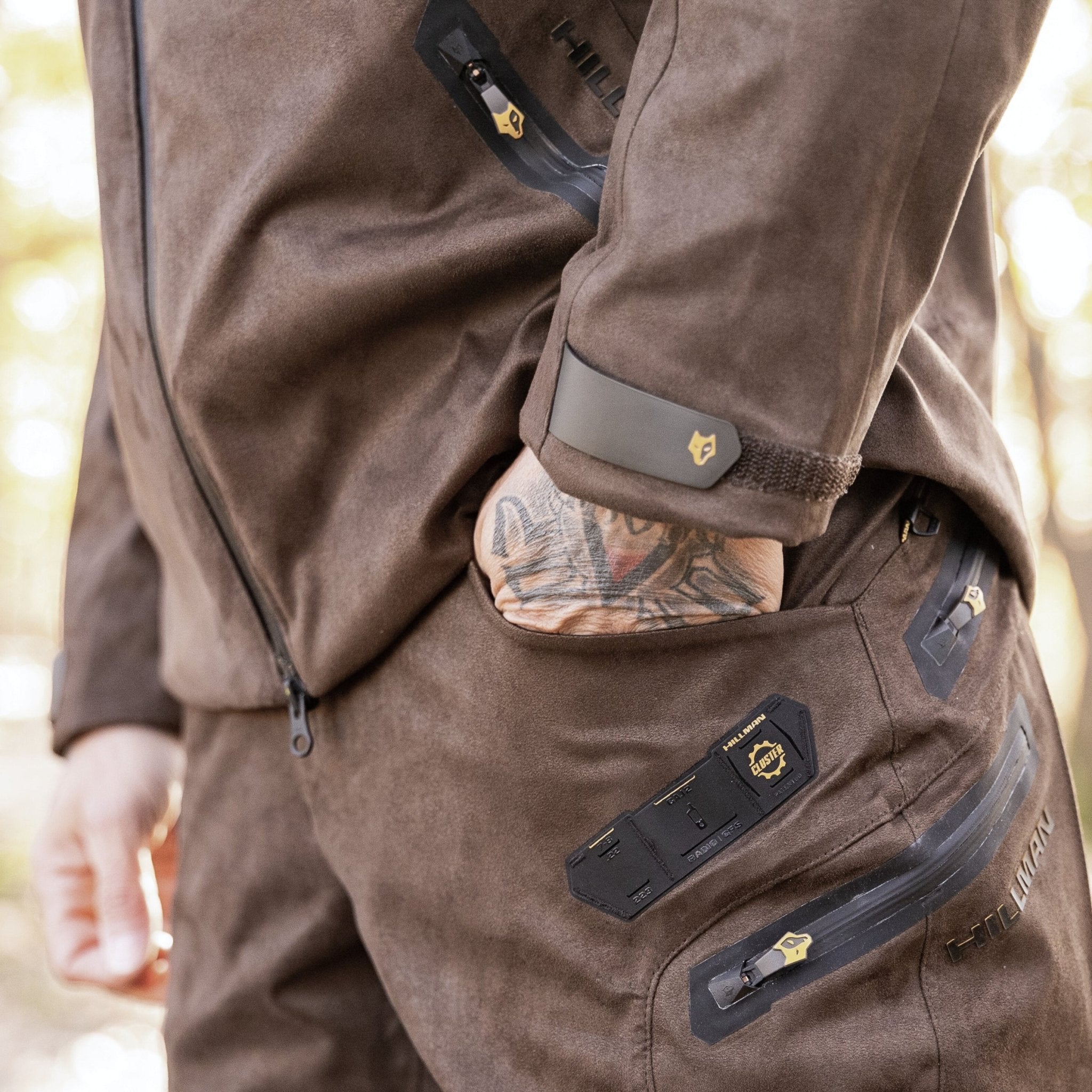
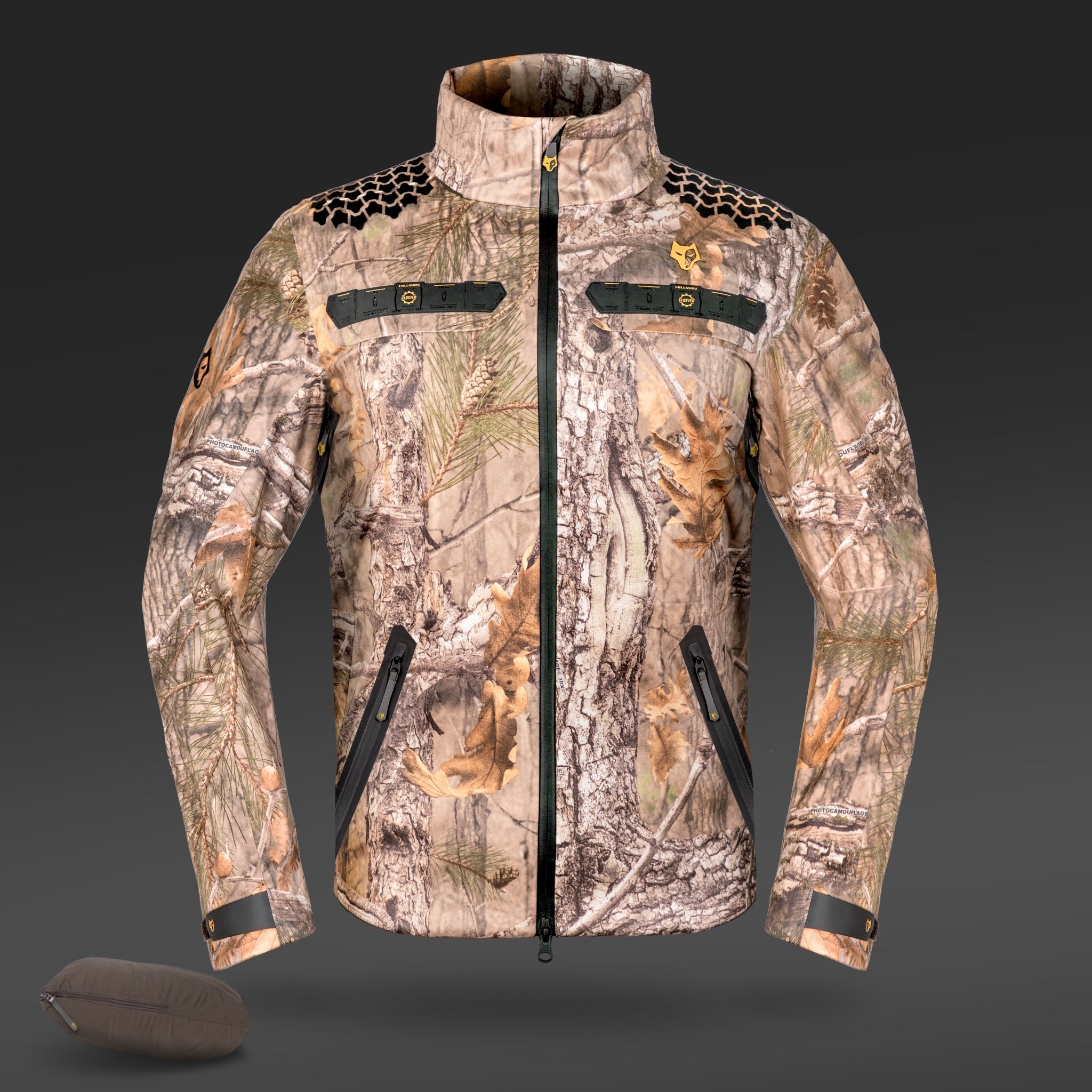
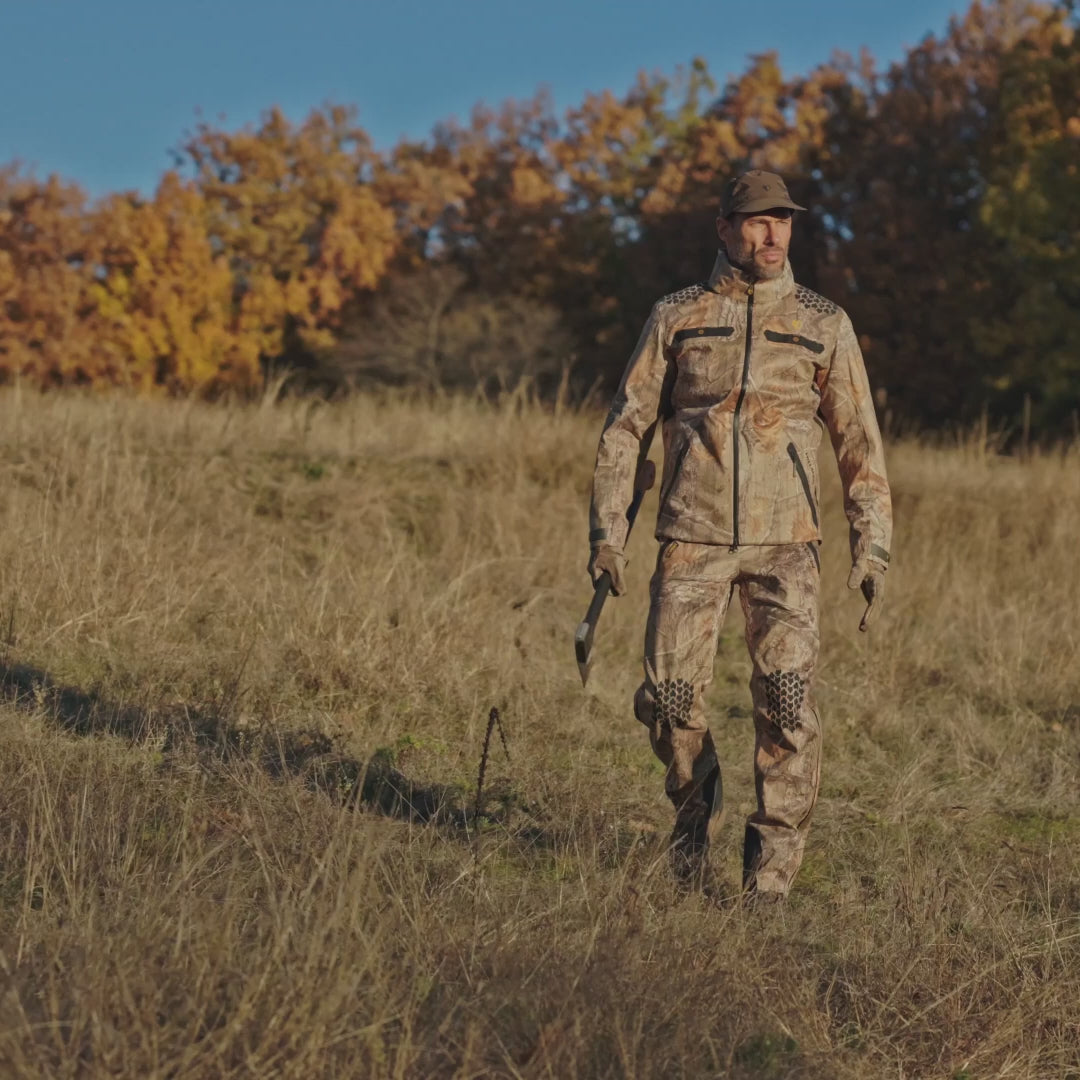
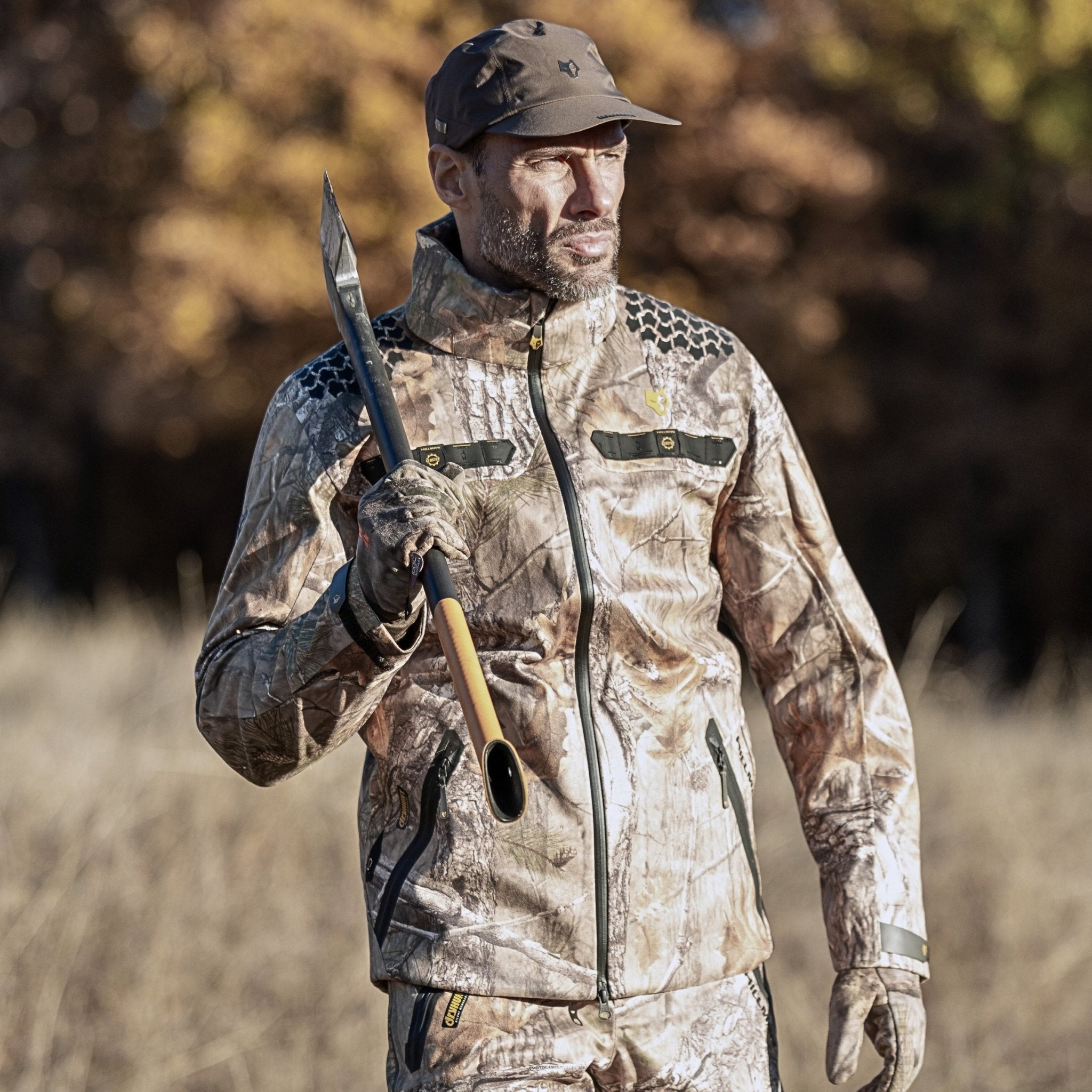
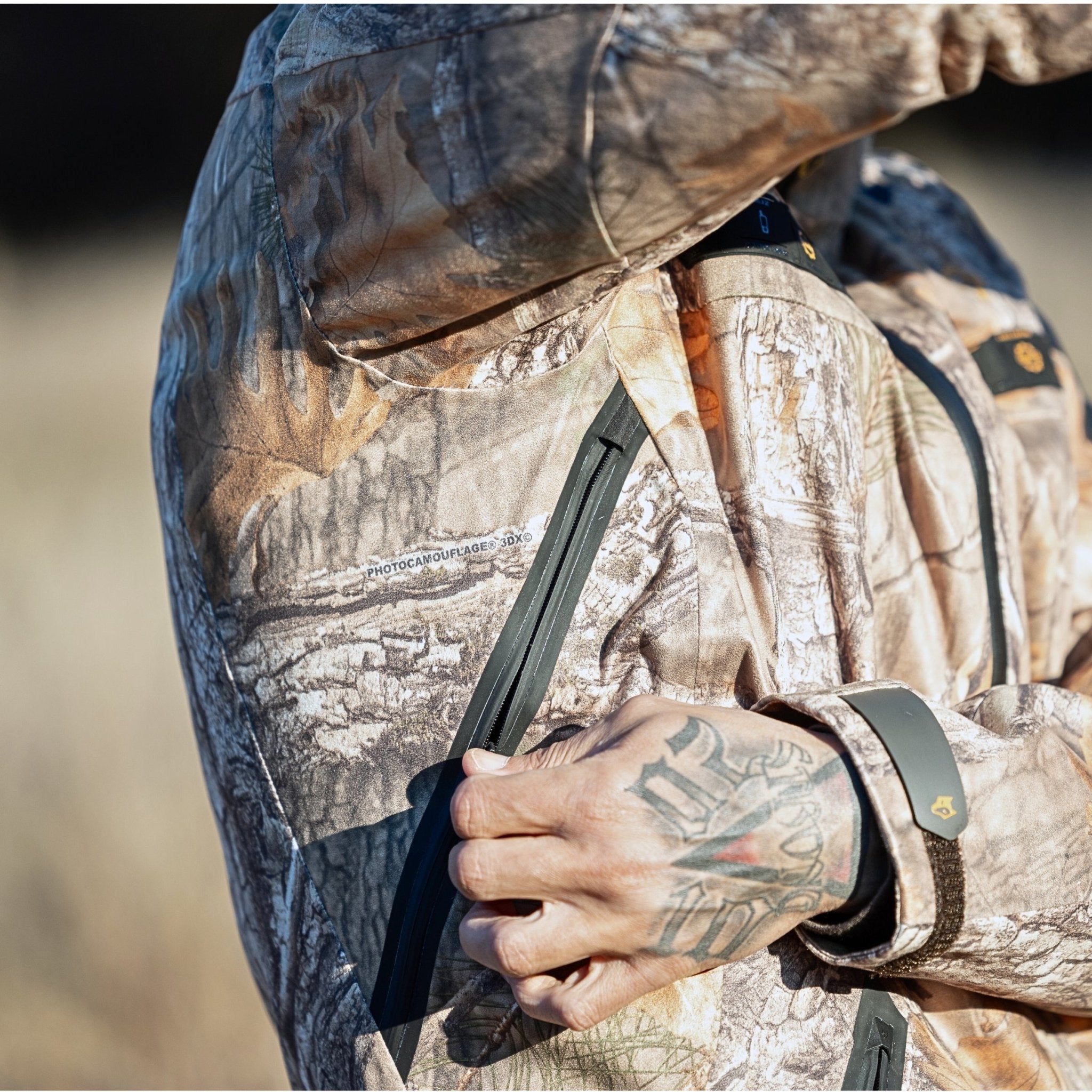
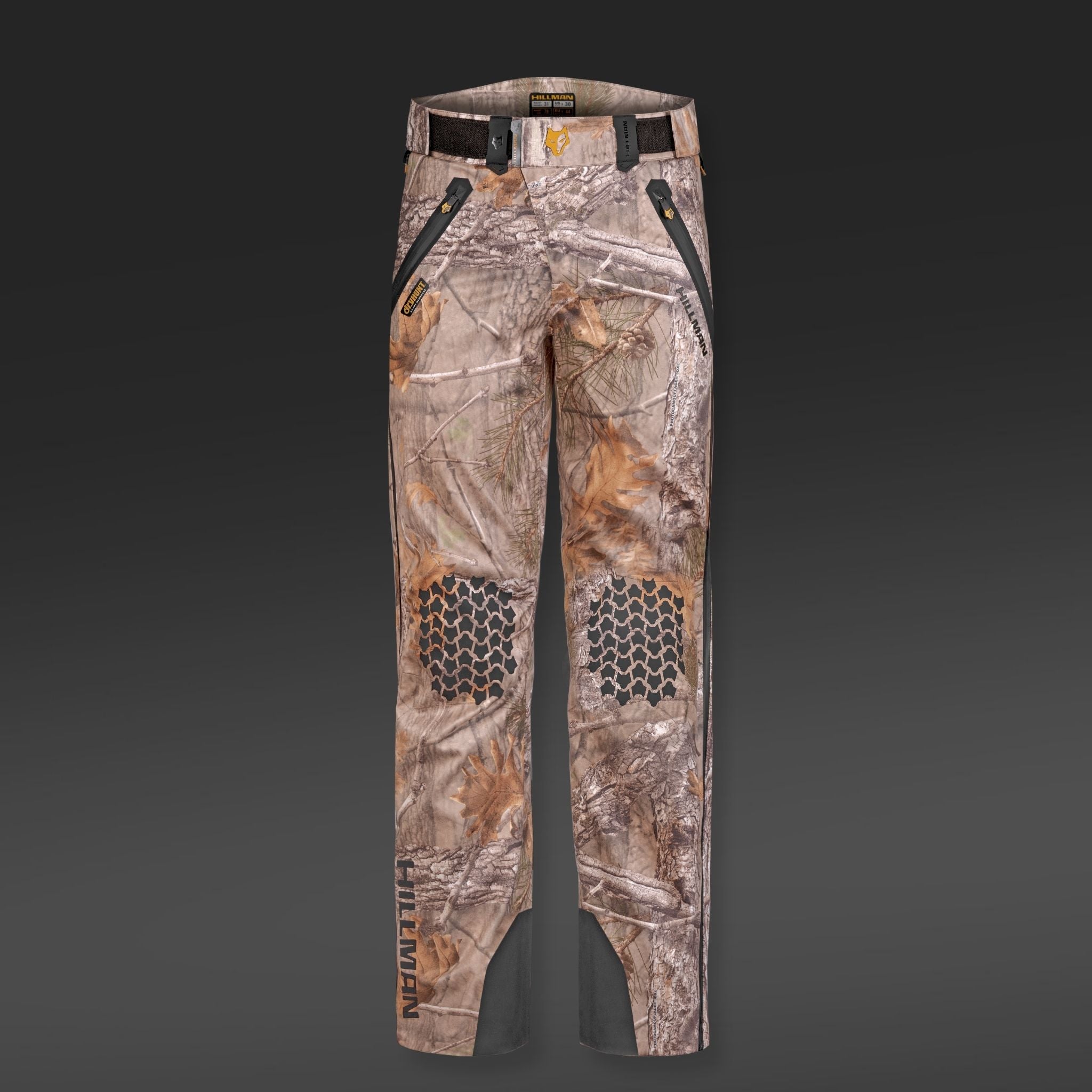
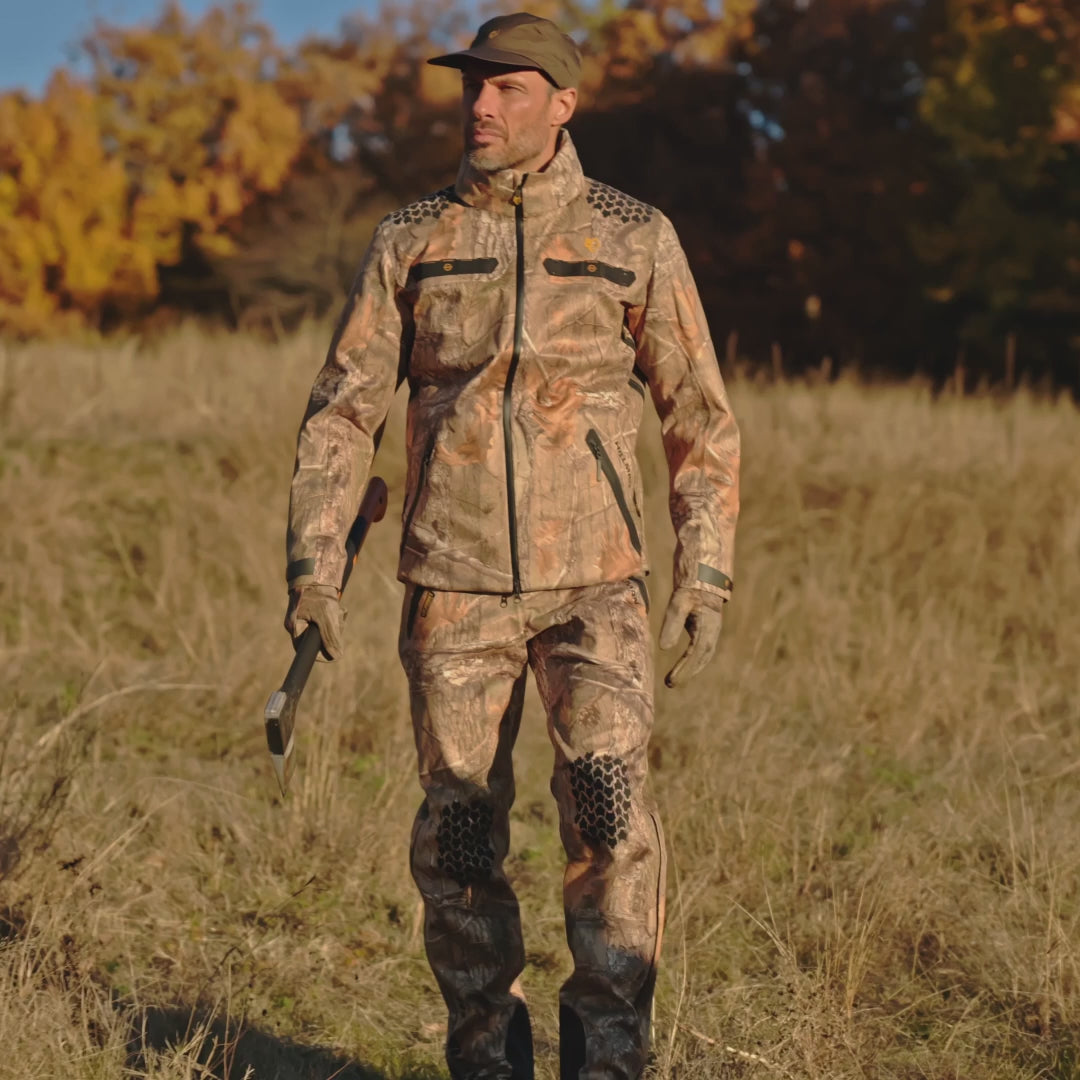
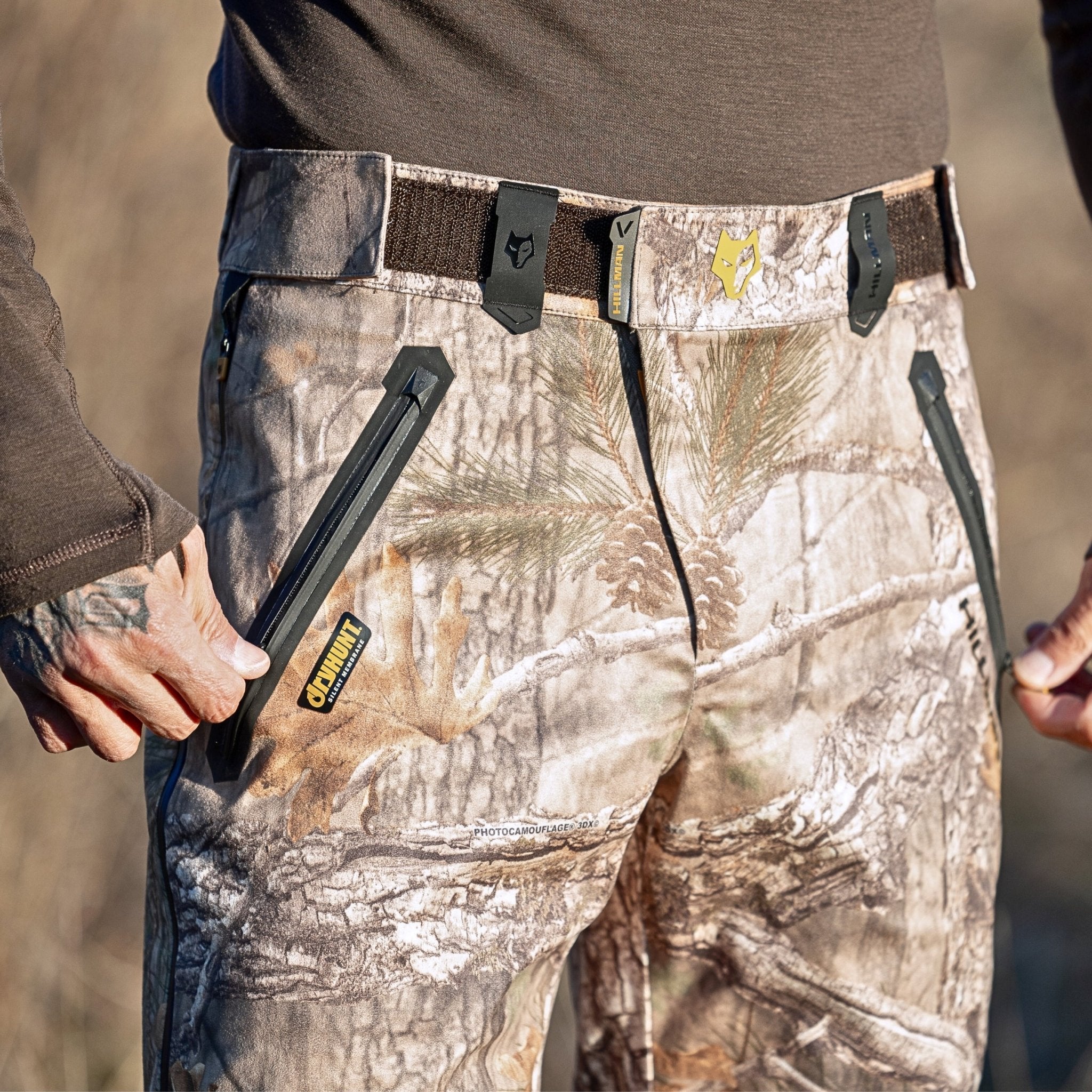
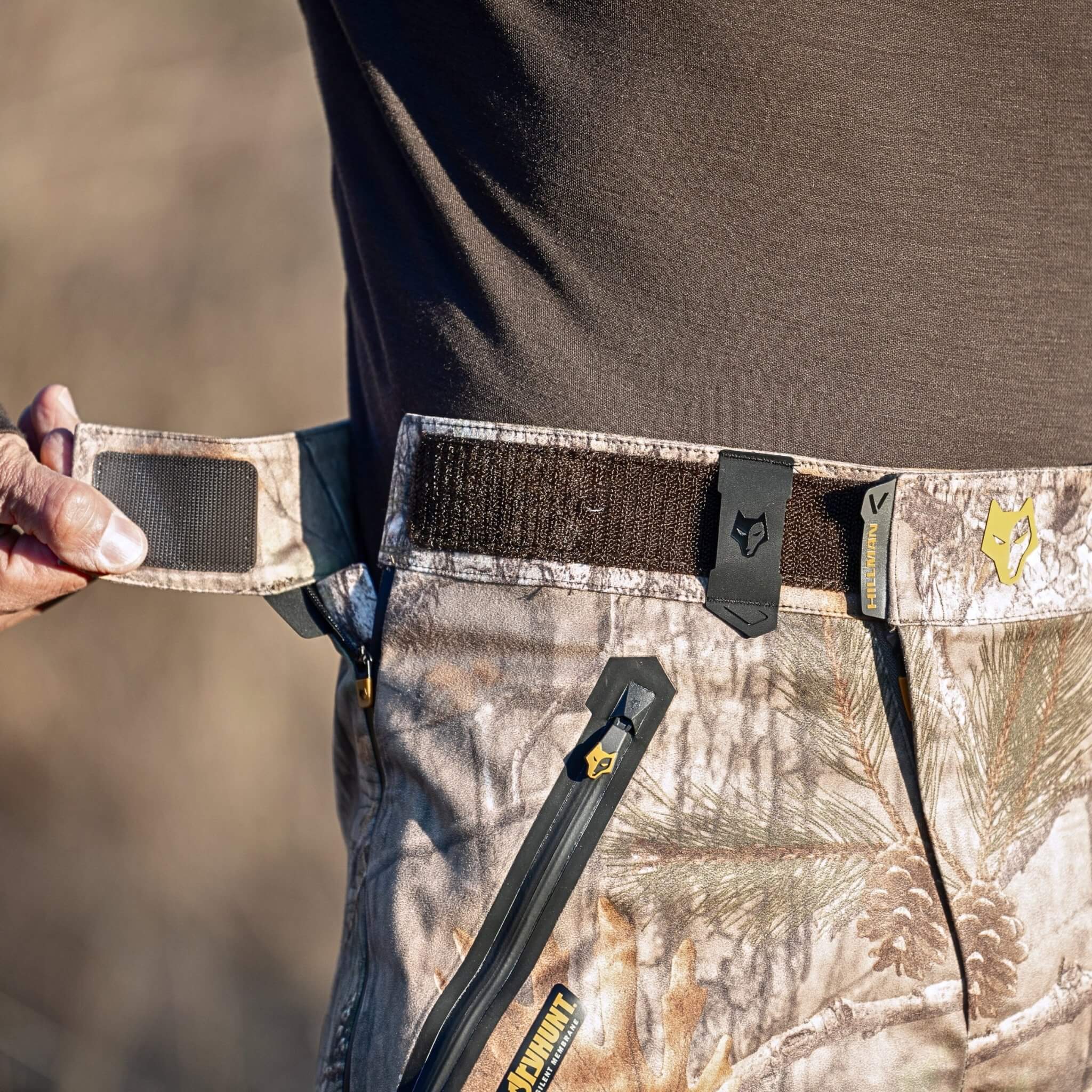
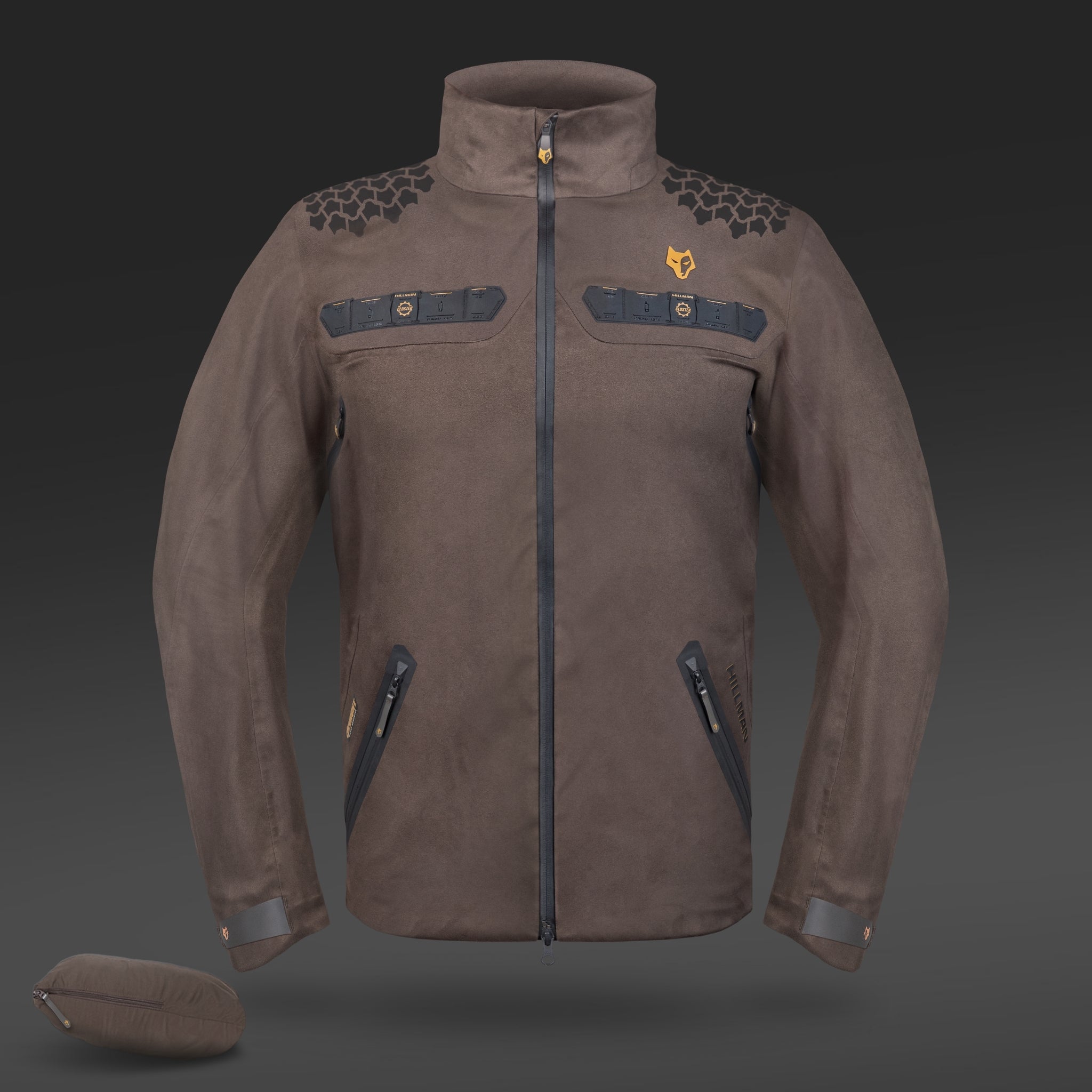
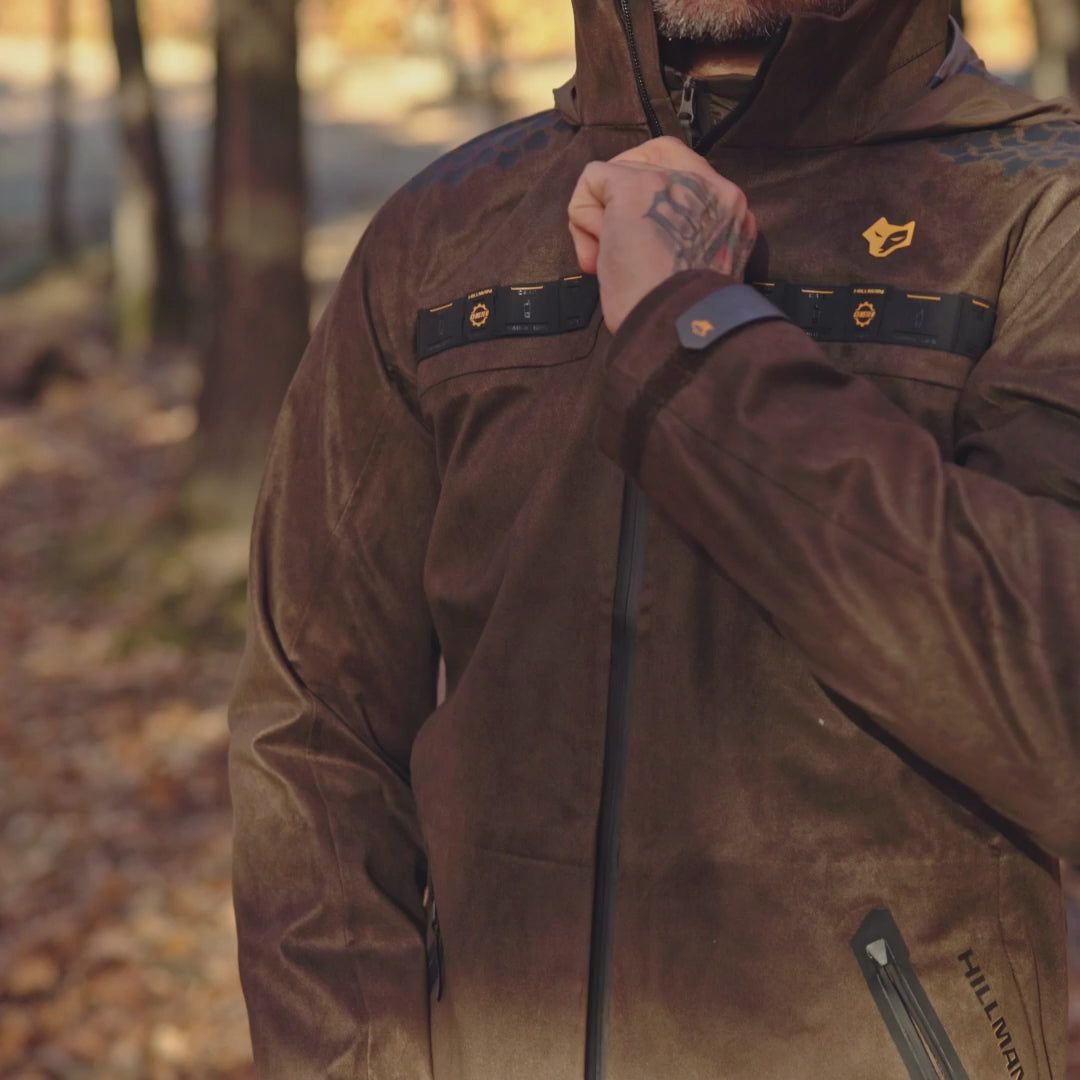
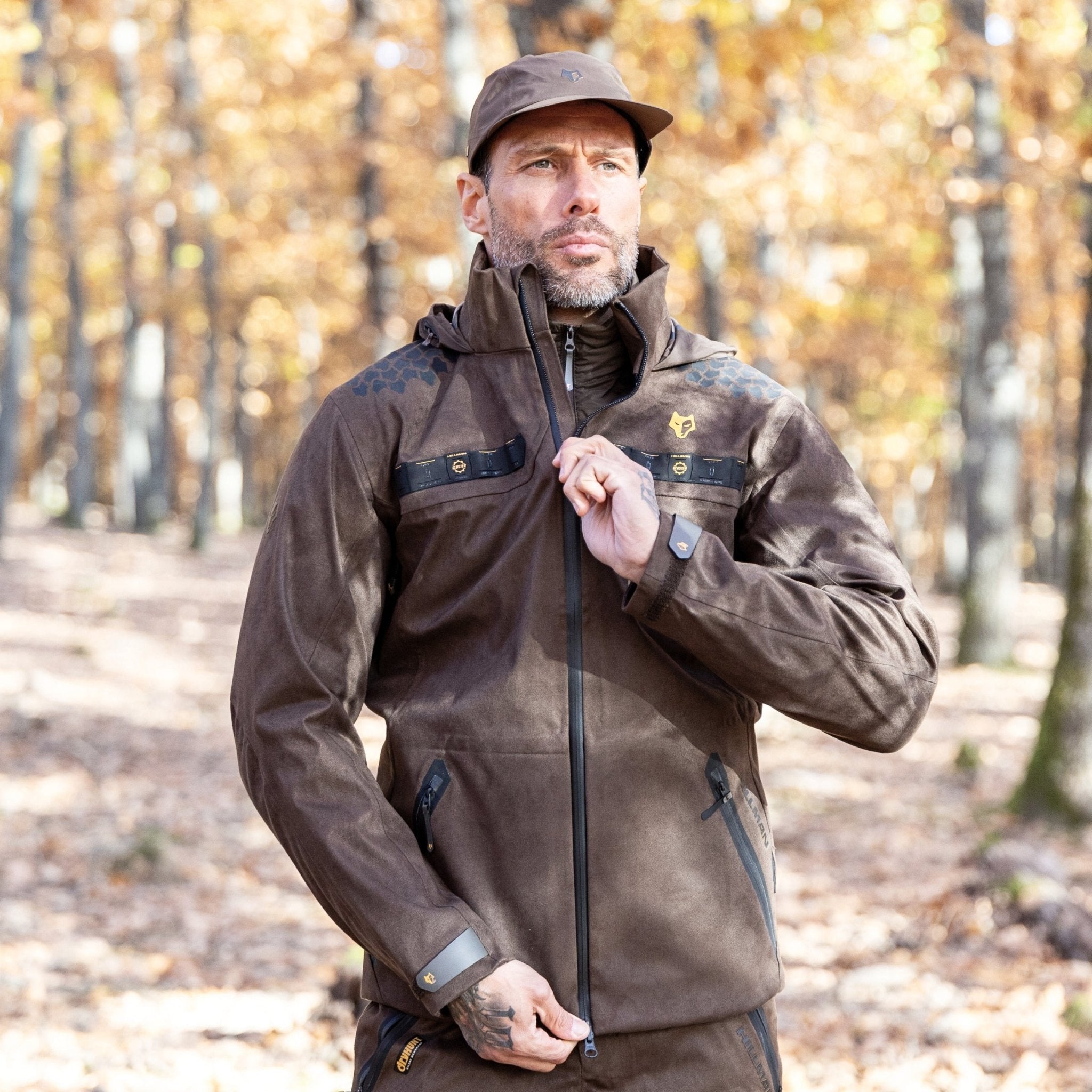
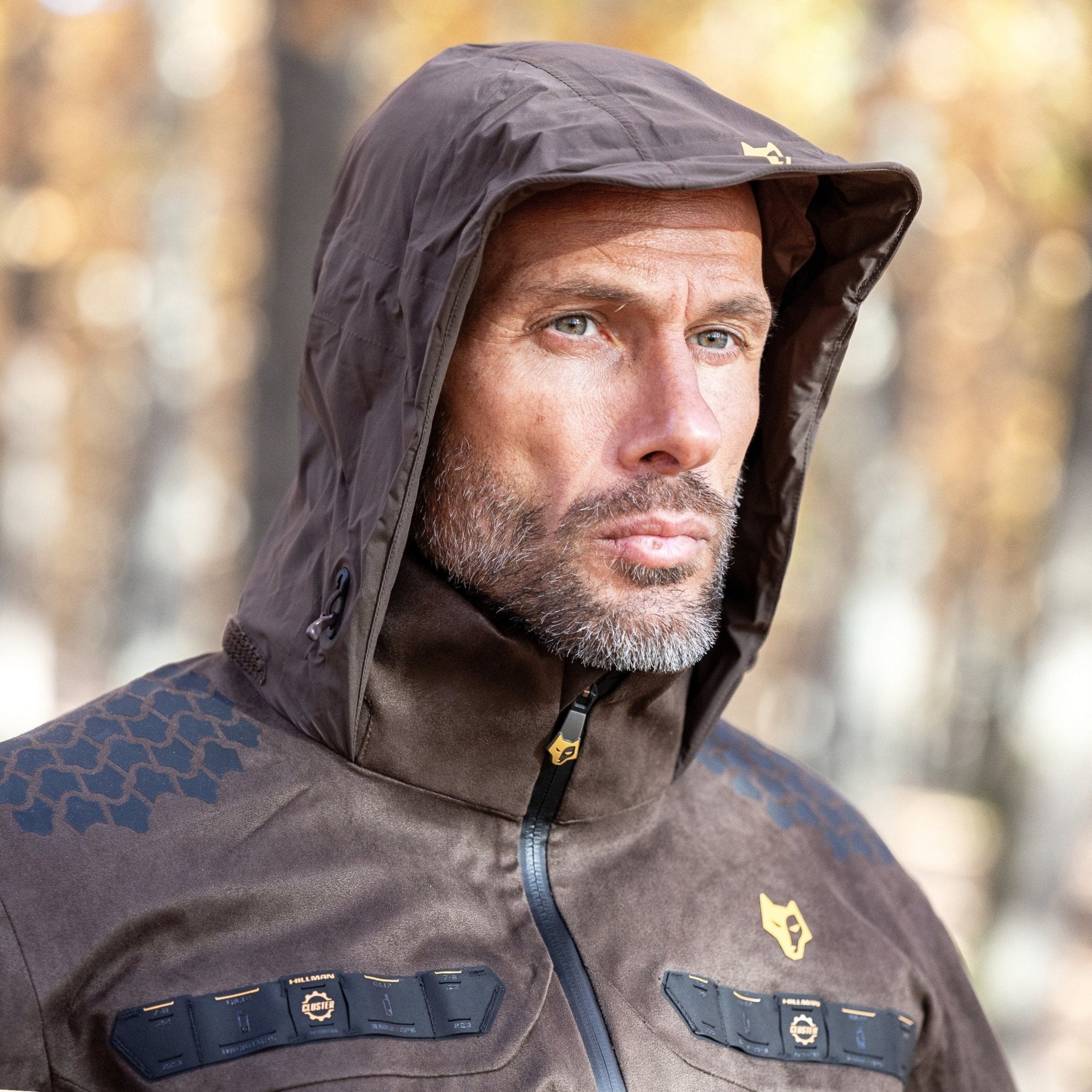
Share:
Hunting Work Boots Built for American Hunters
Most Expensive Hunting Boots: Really Worth the Price?
Recent Posts